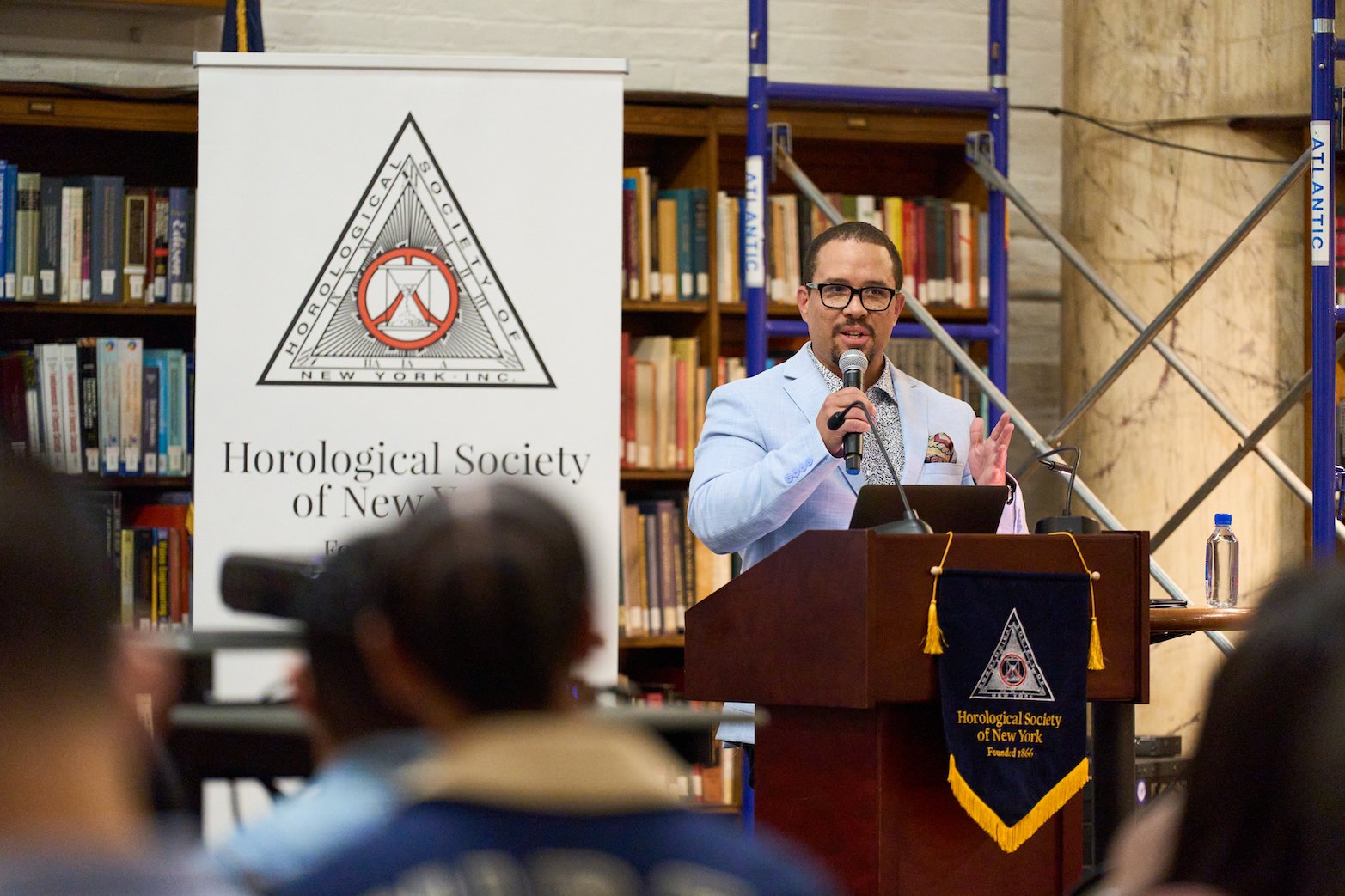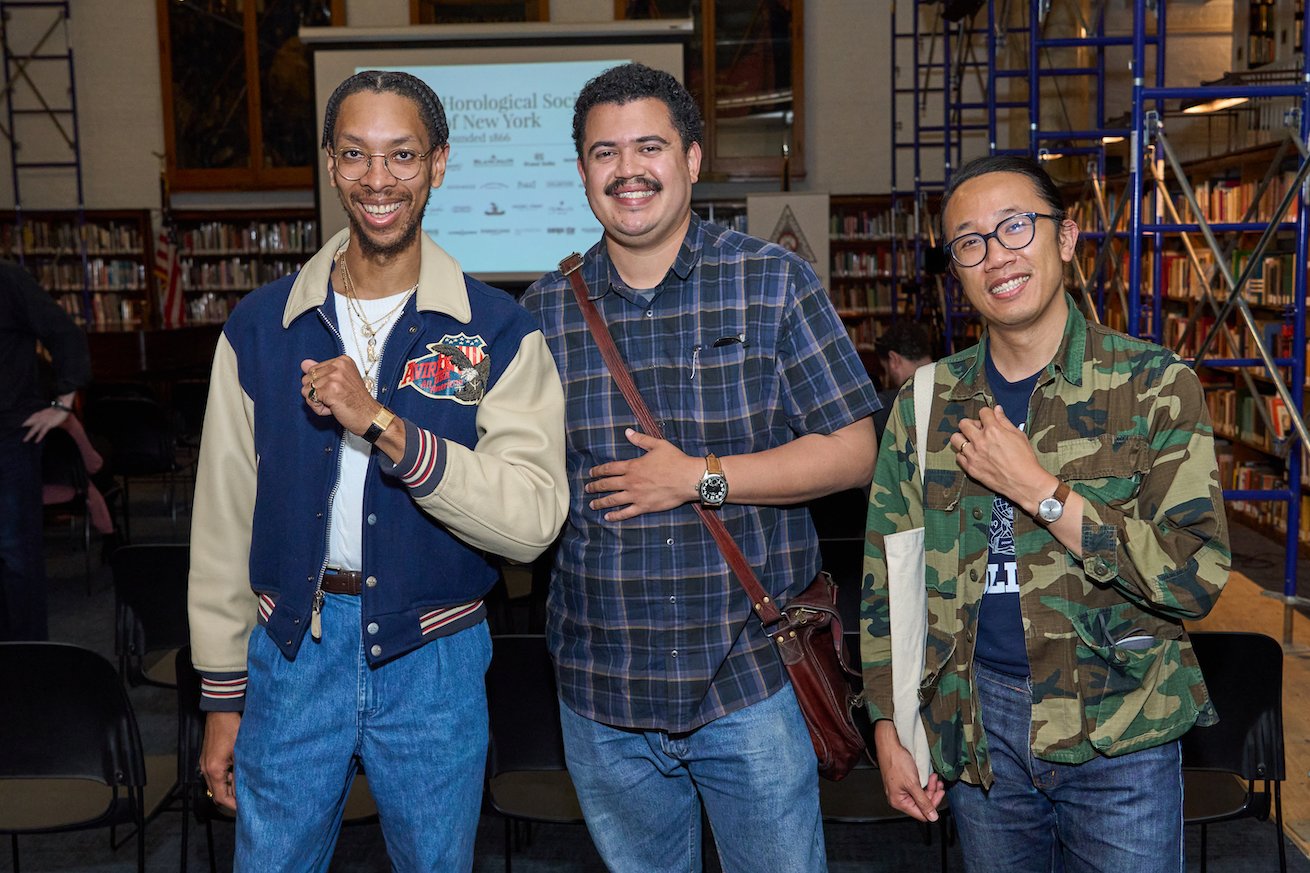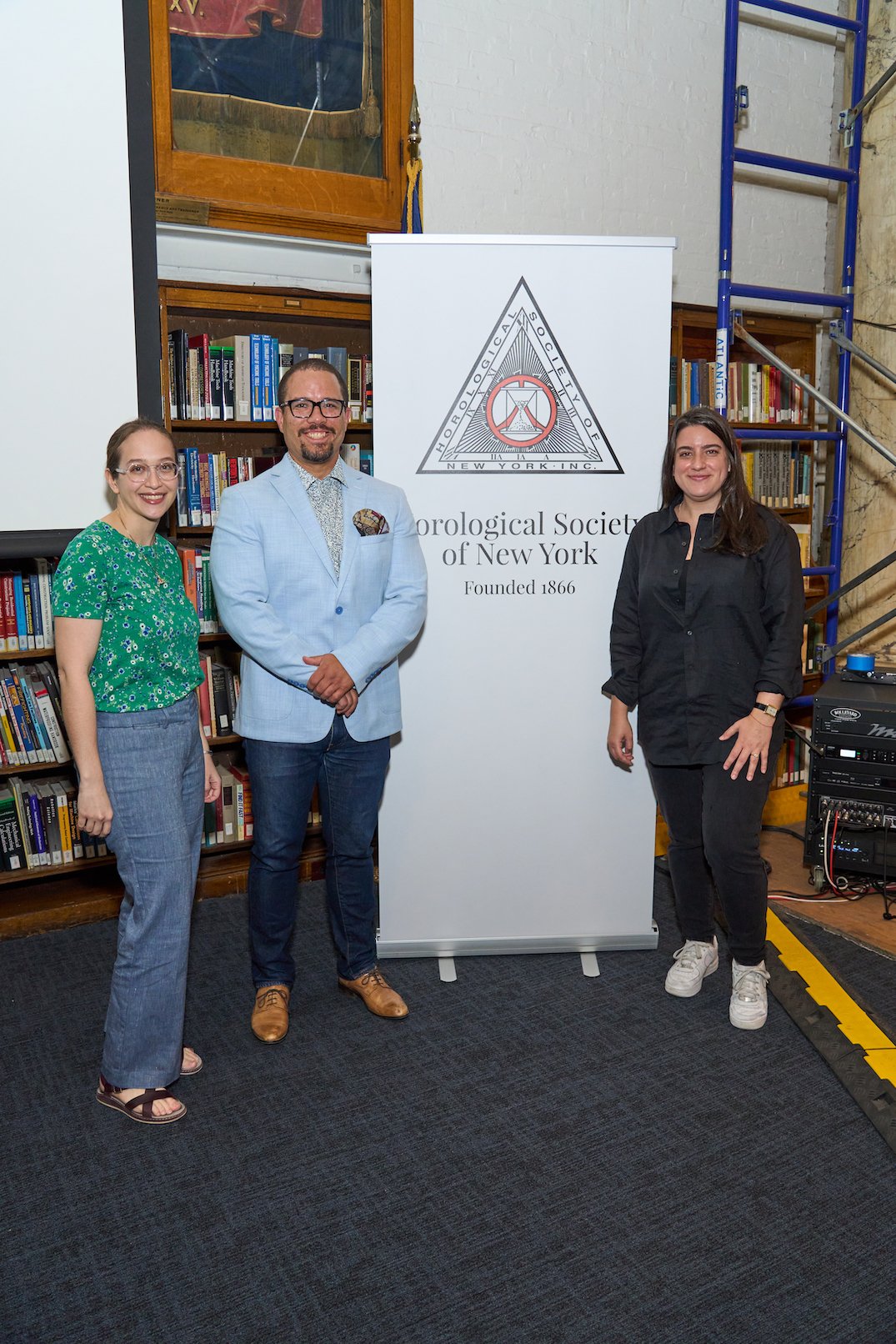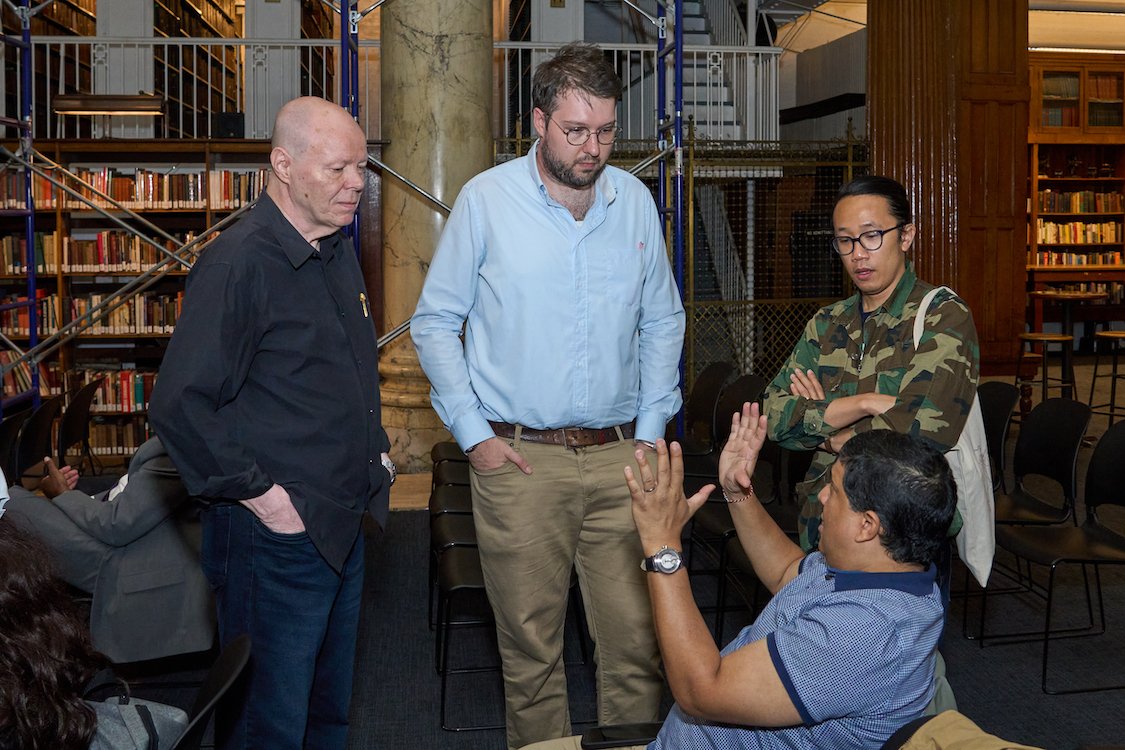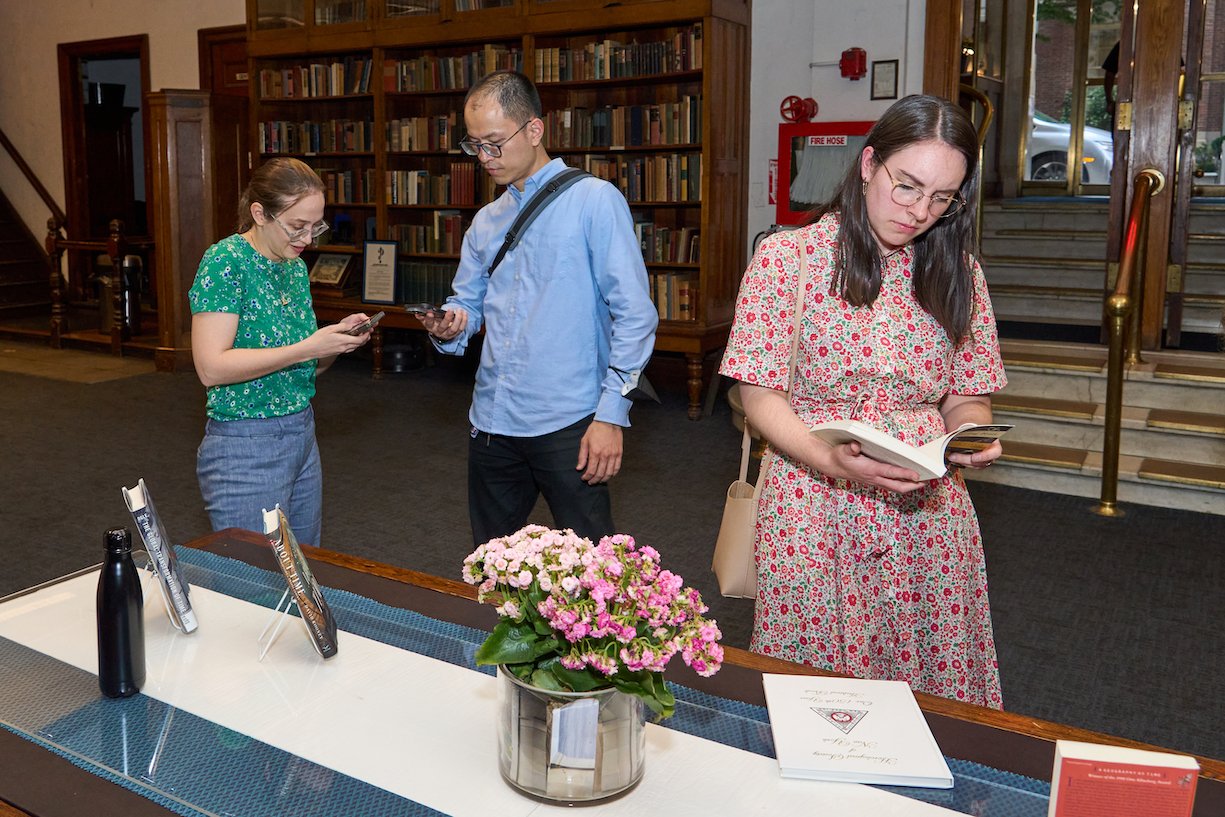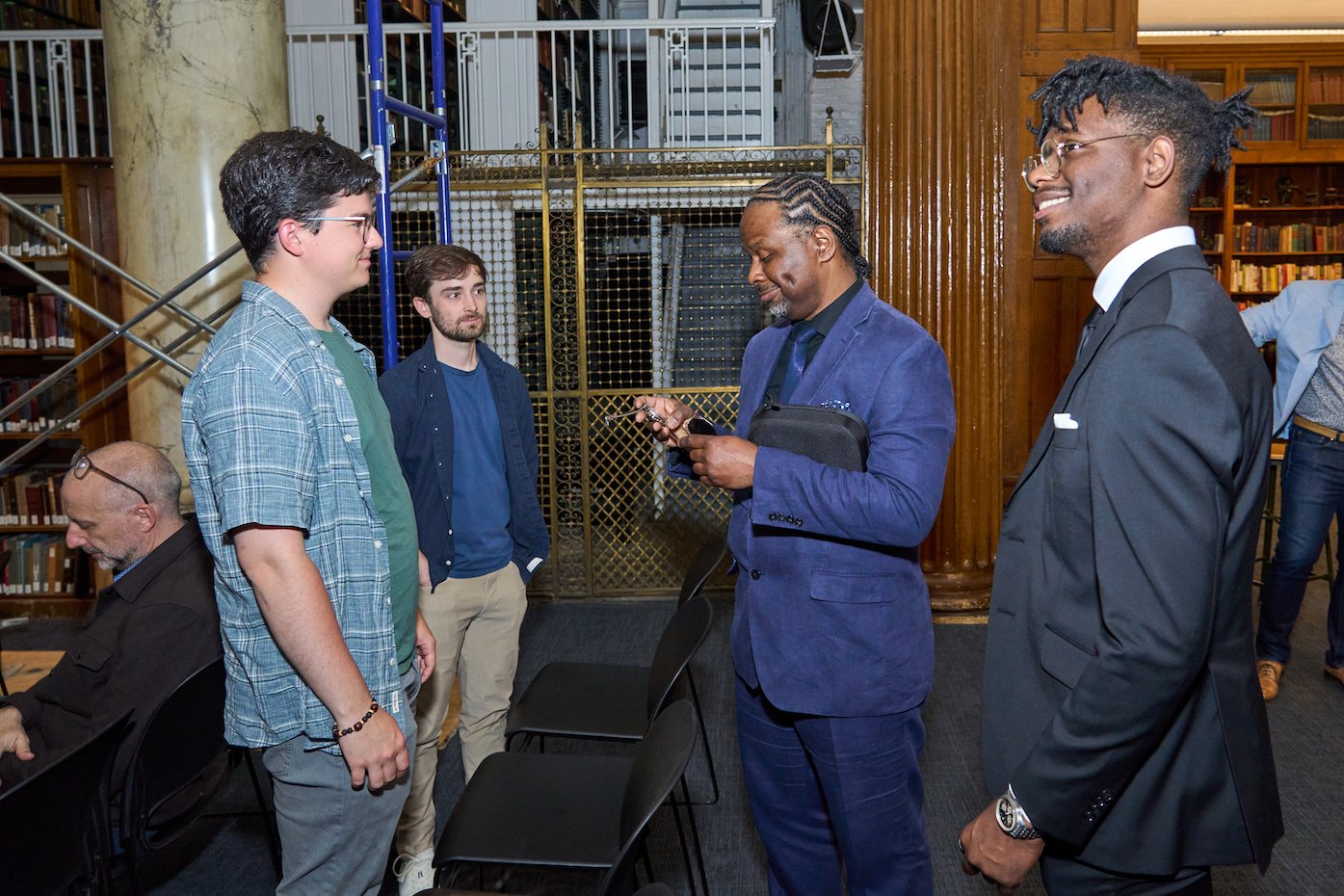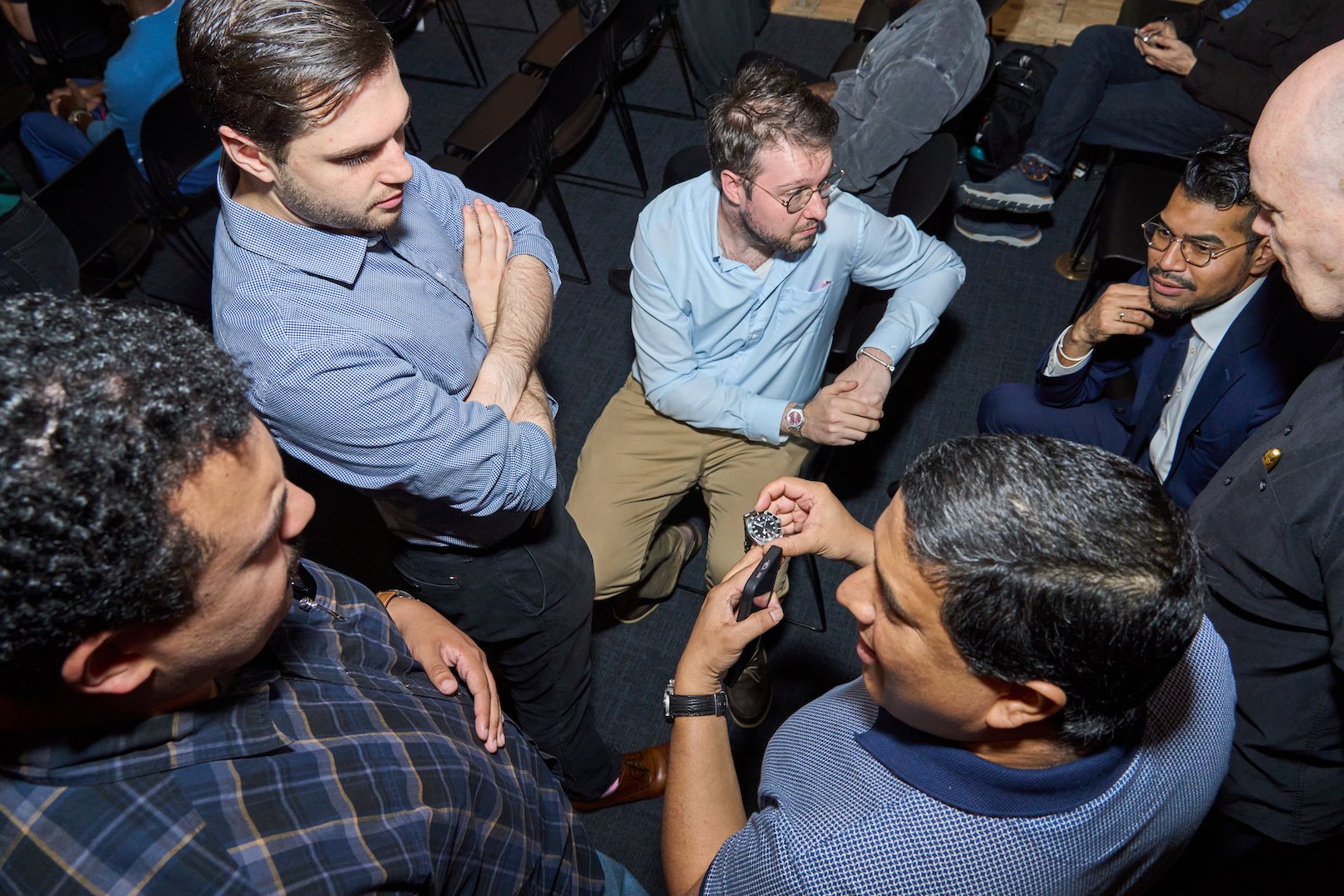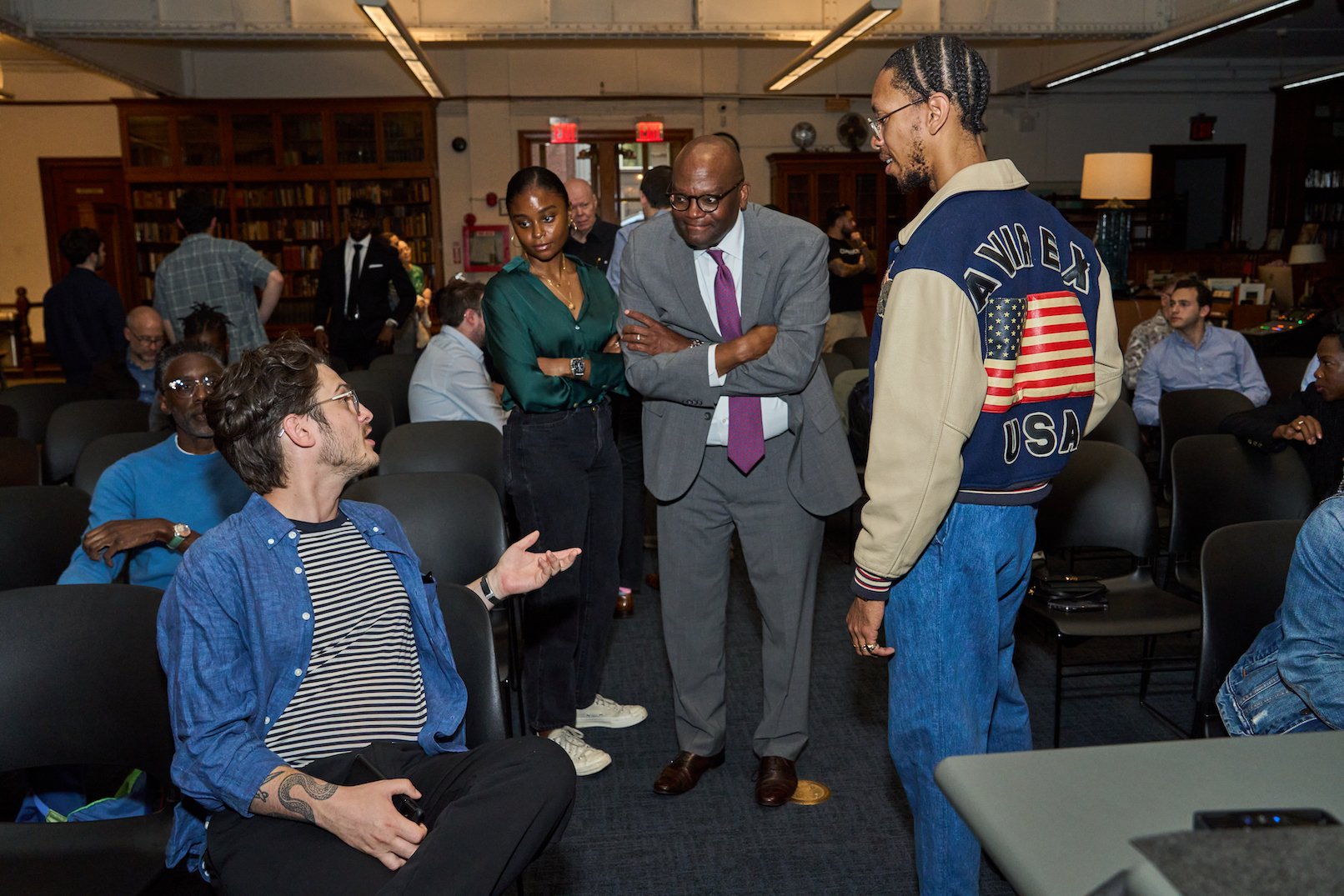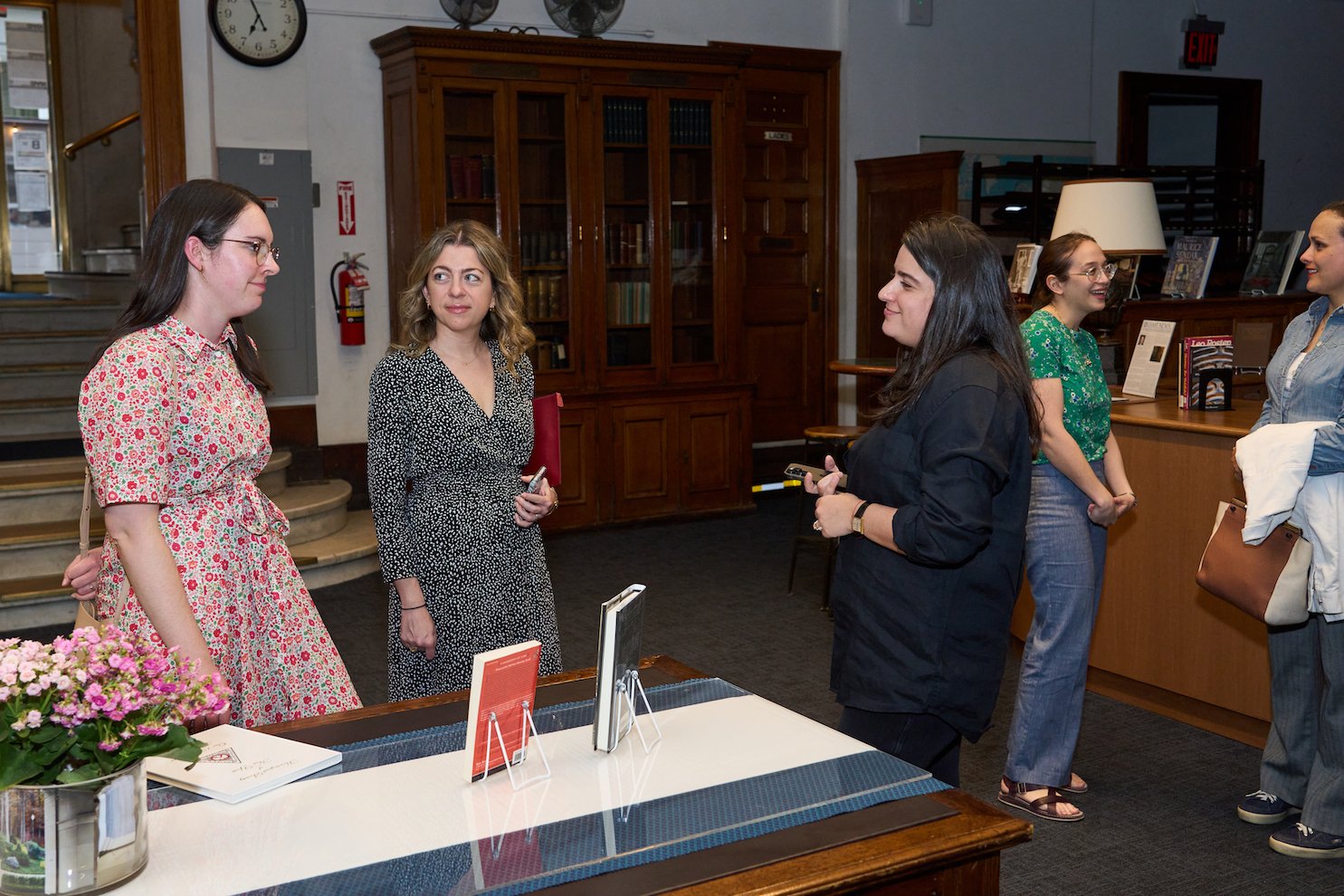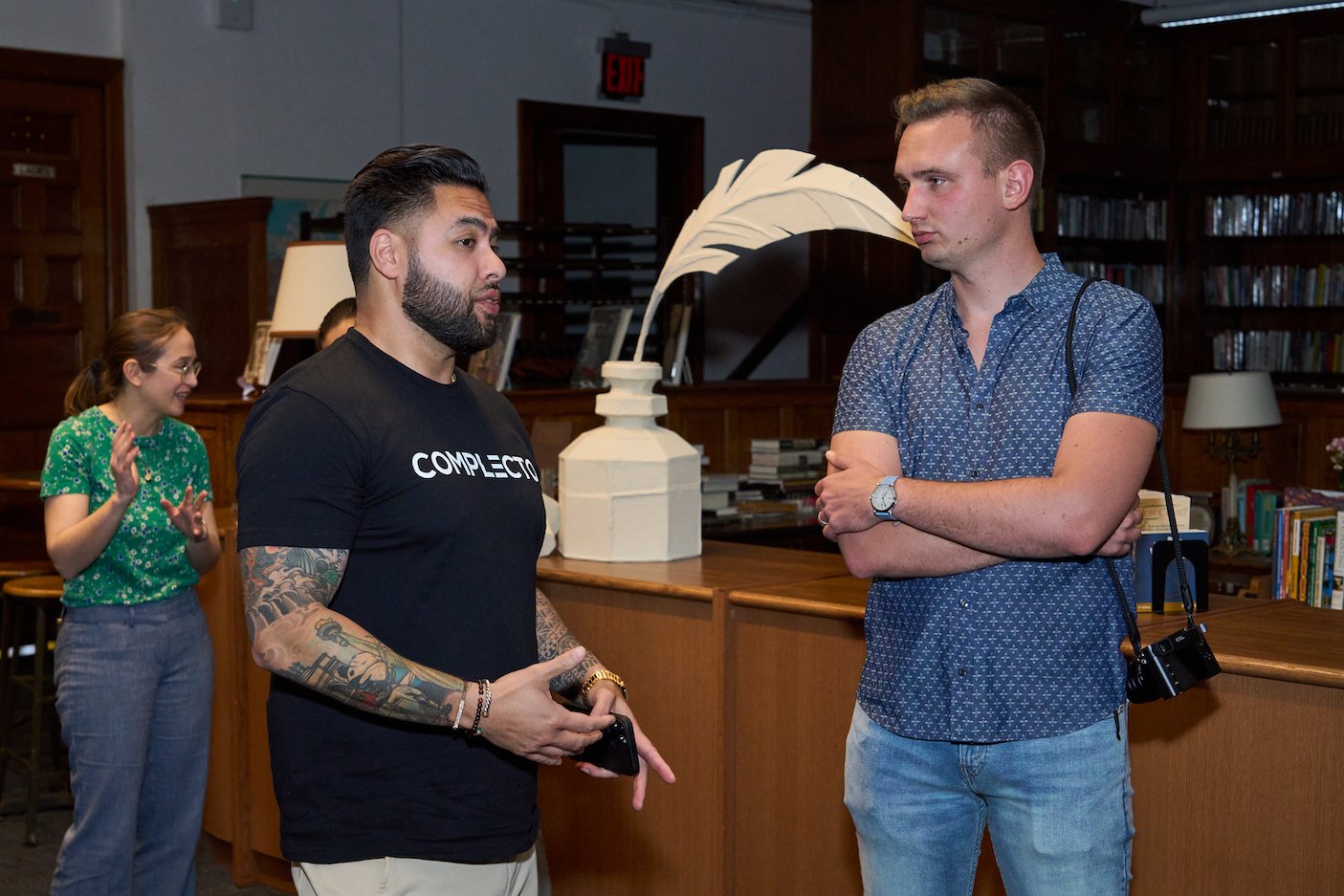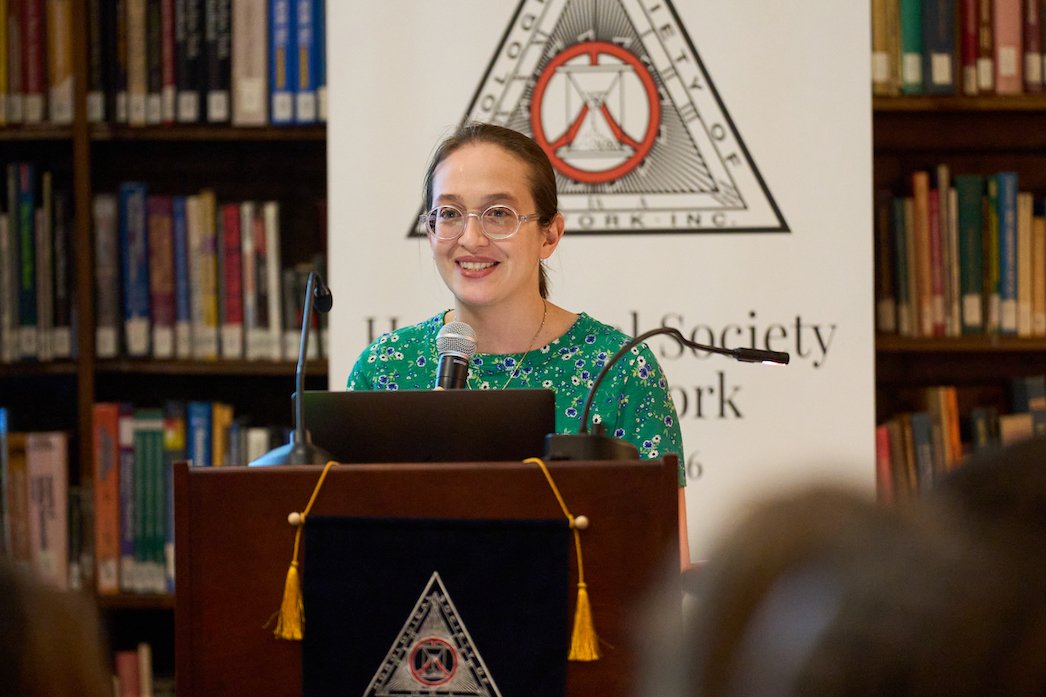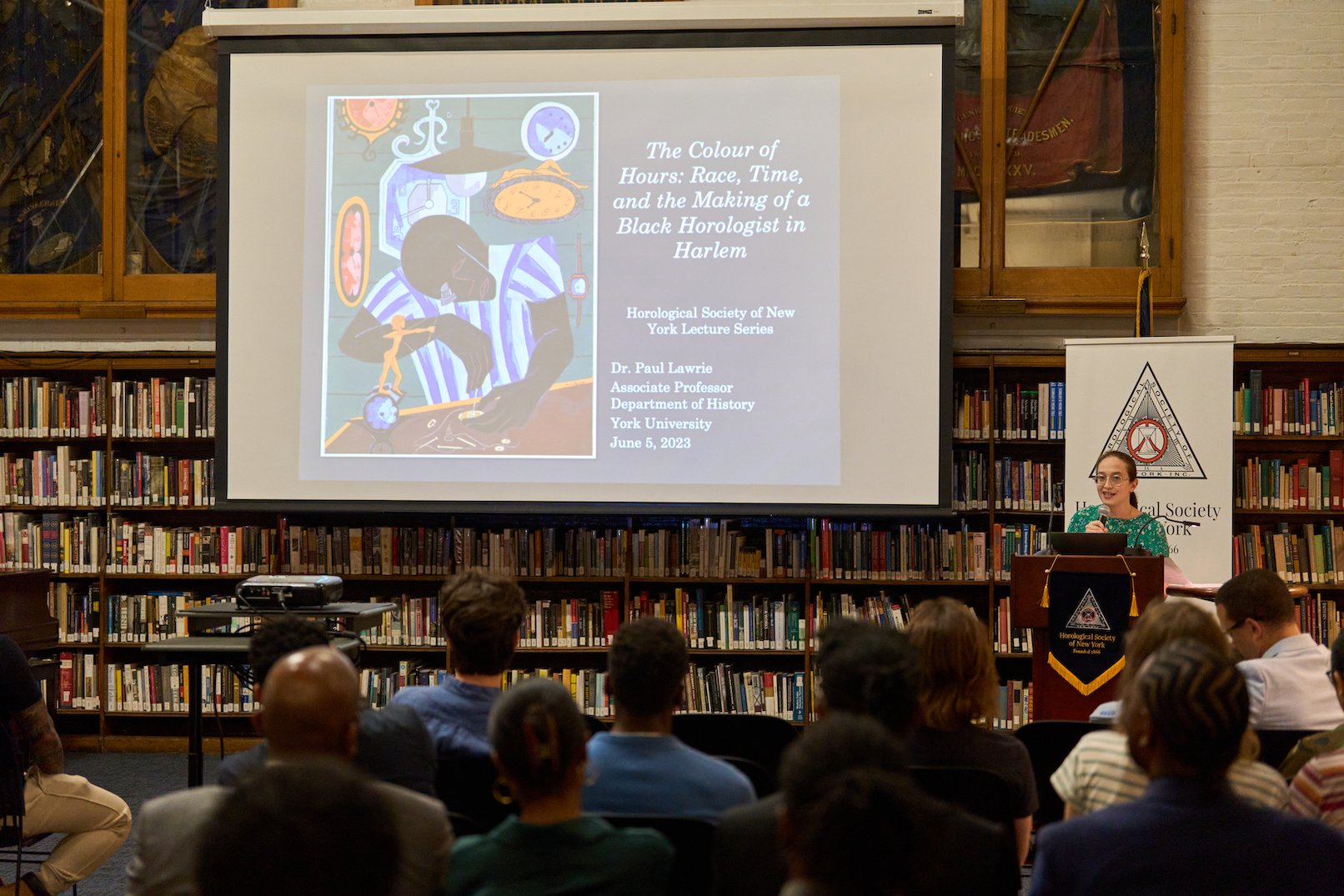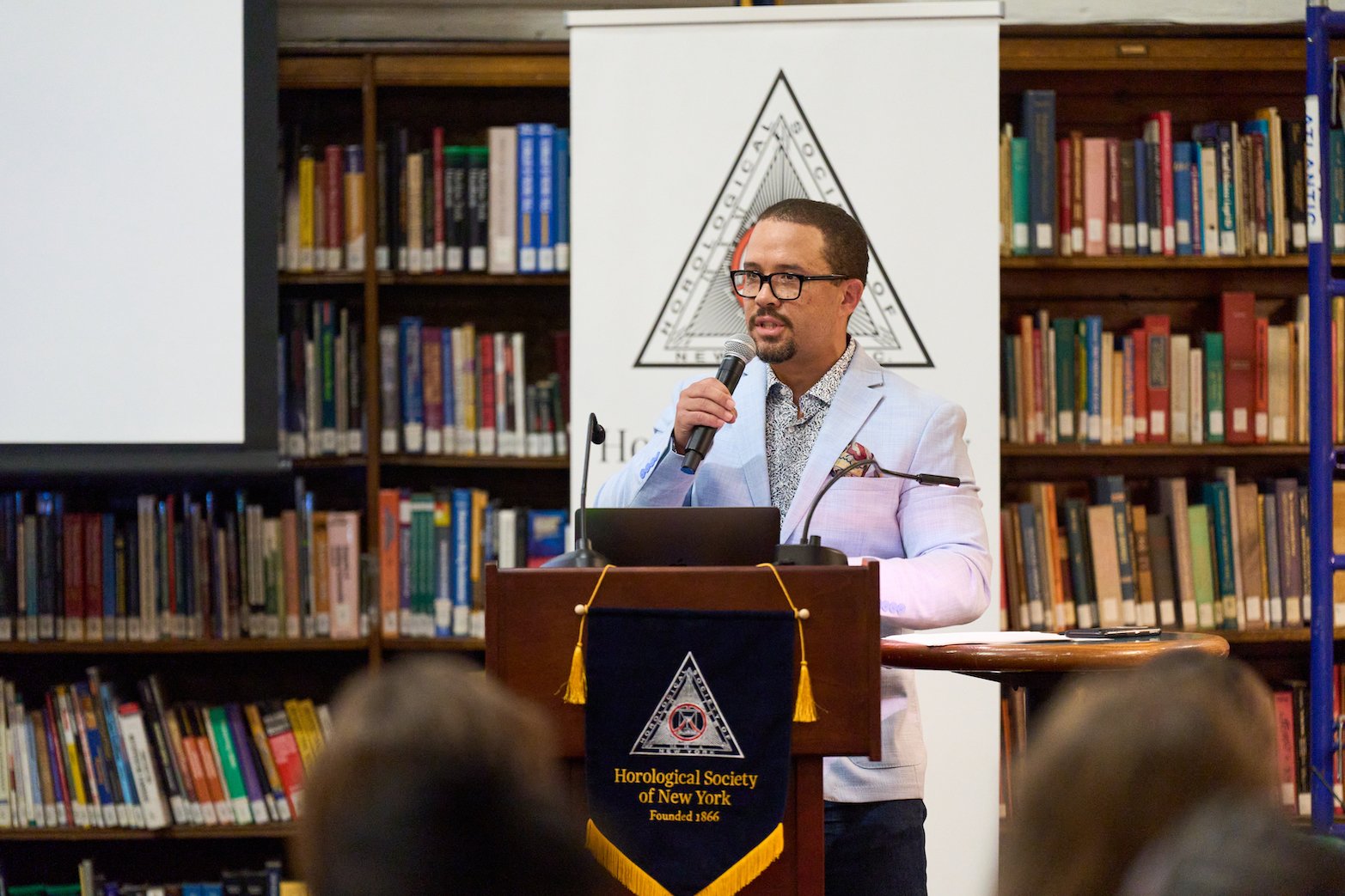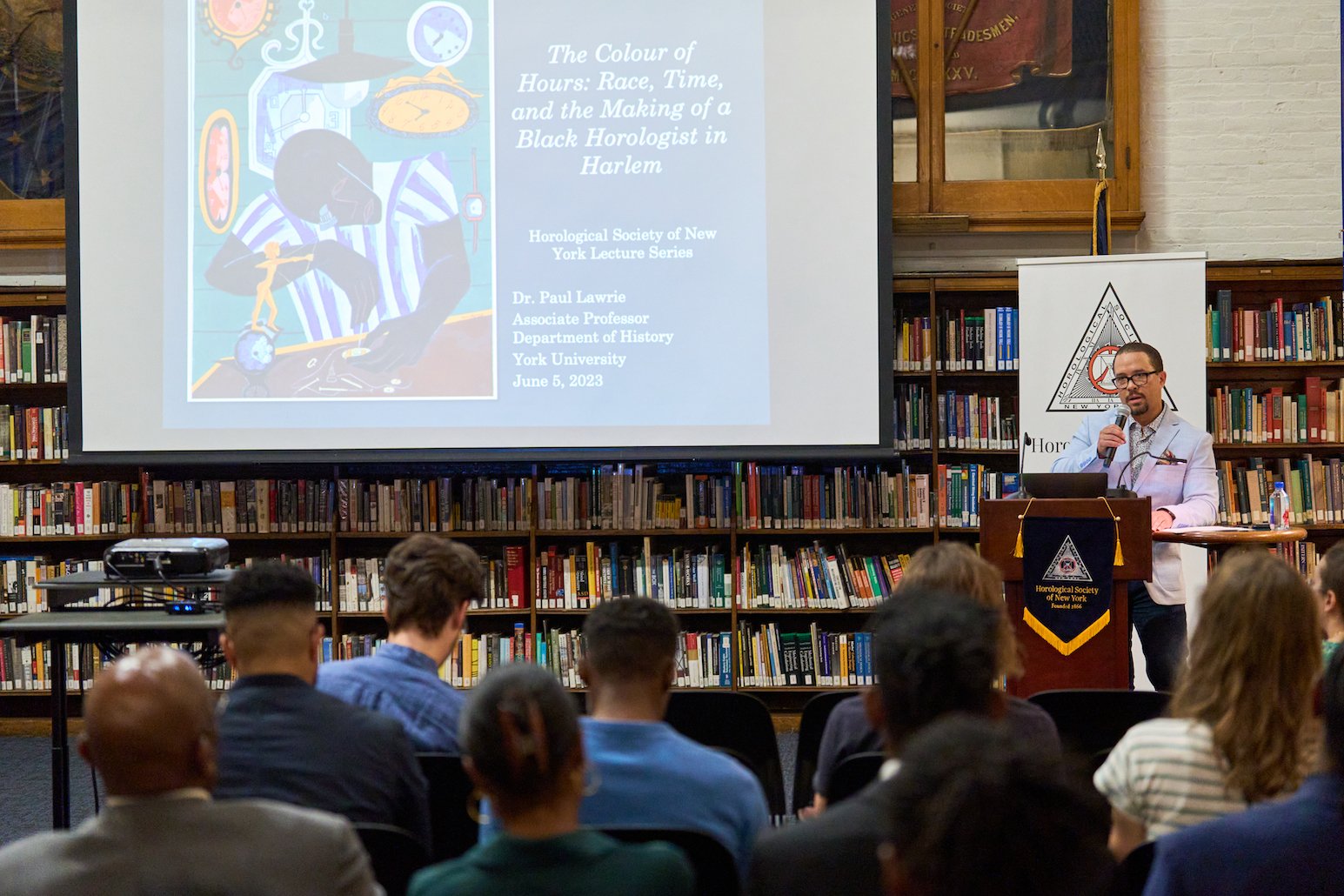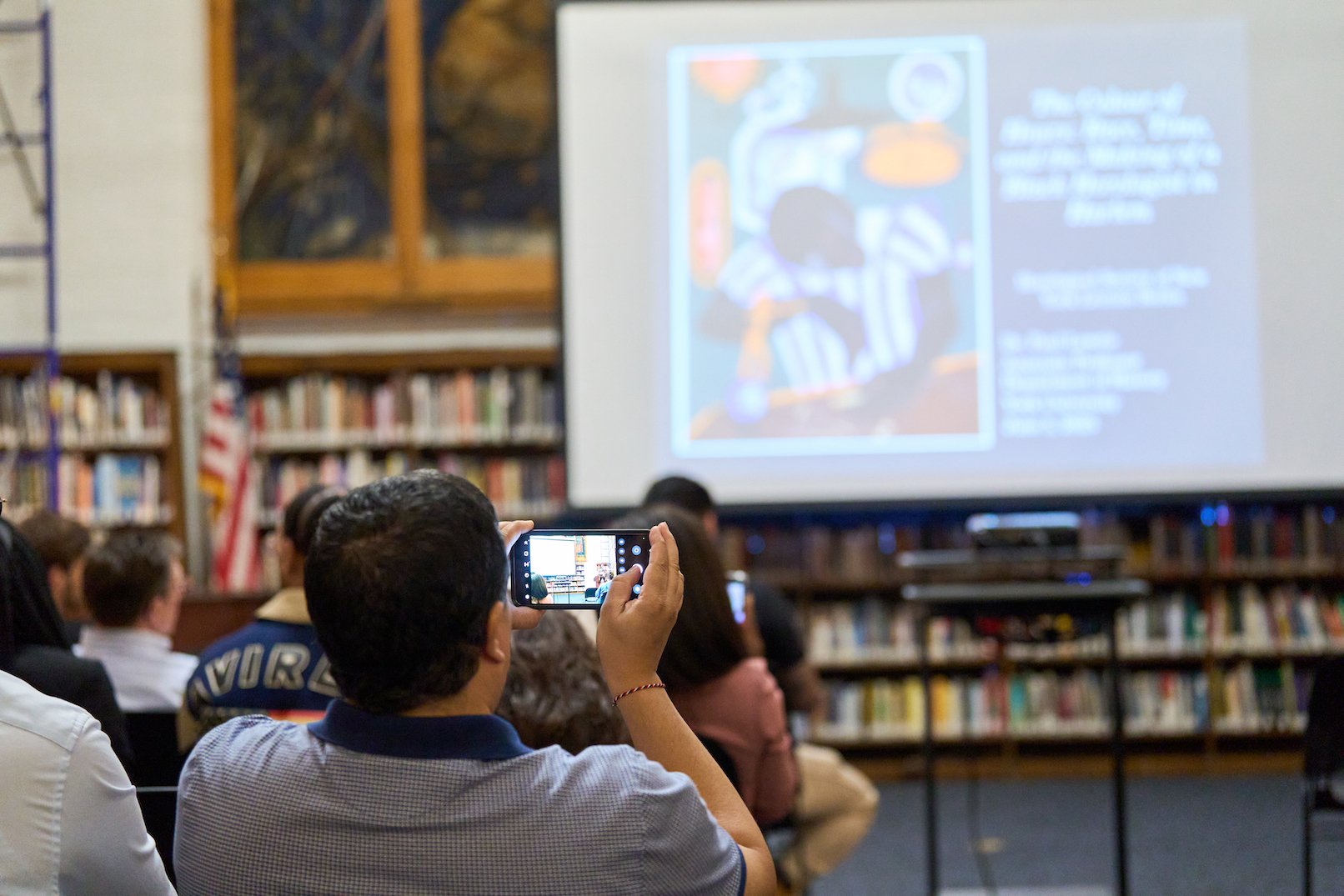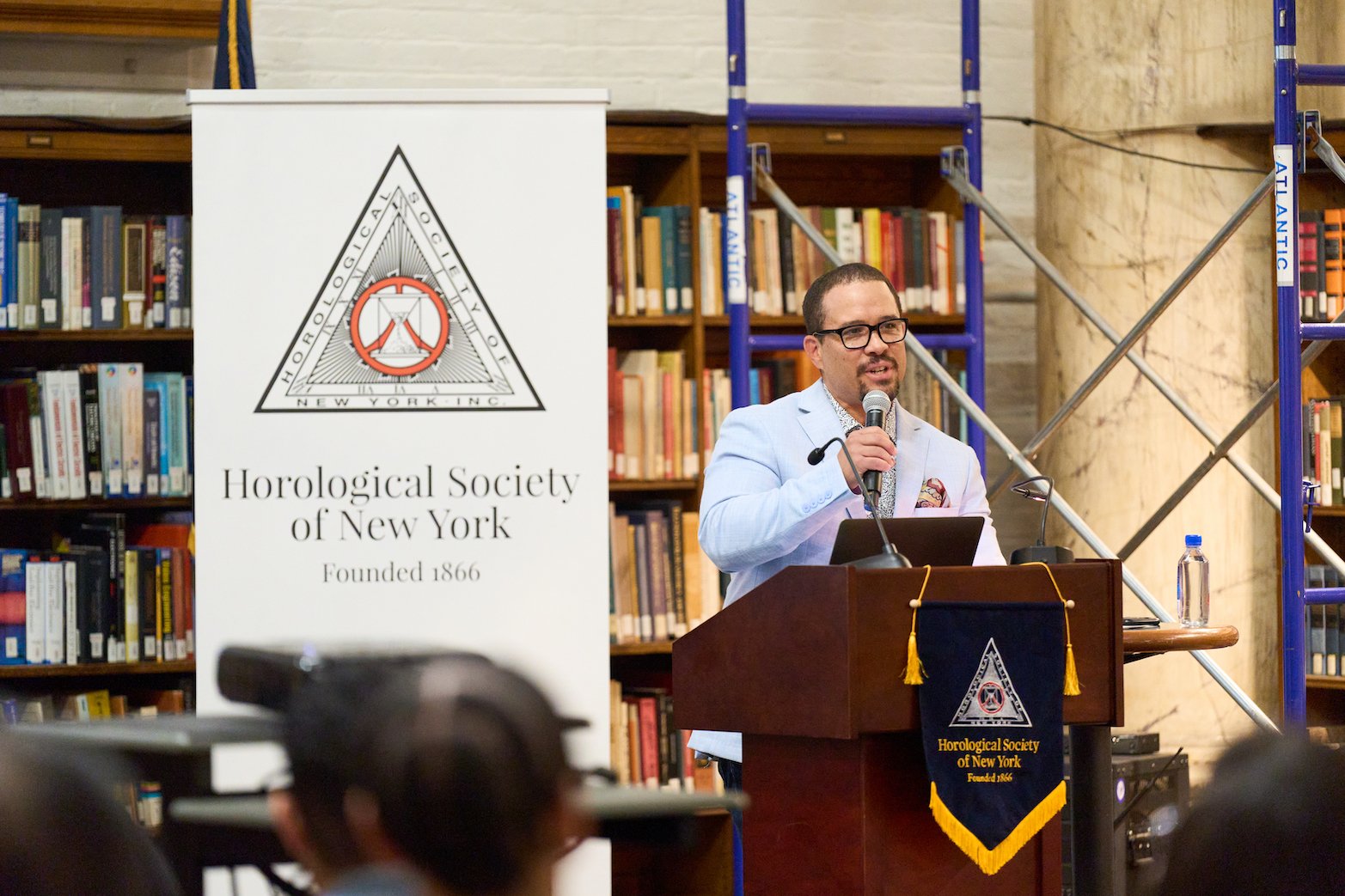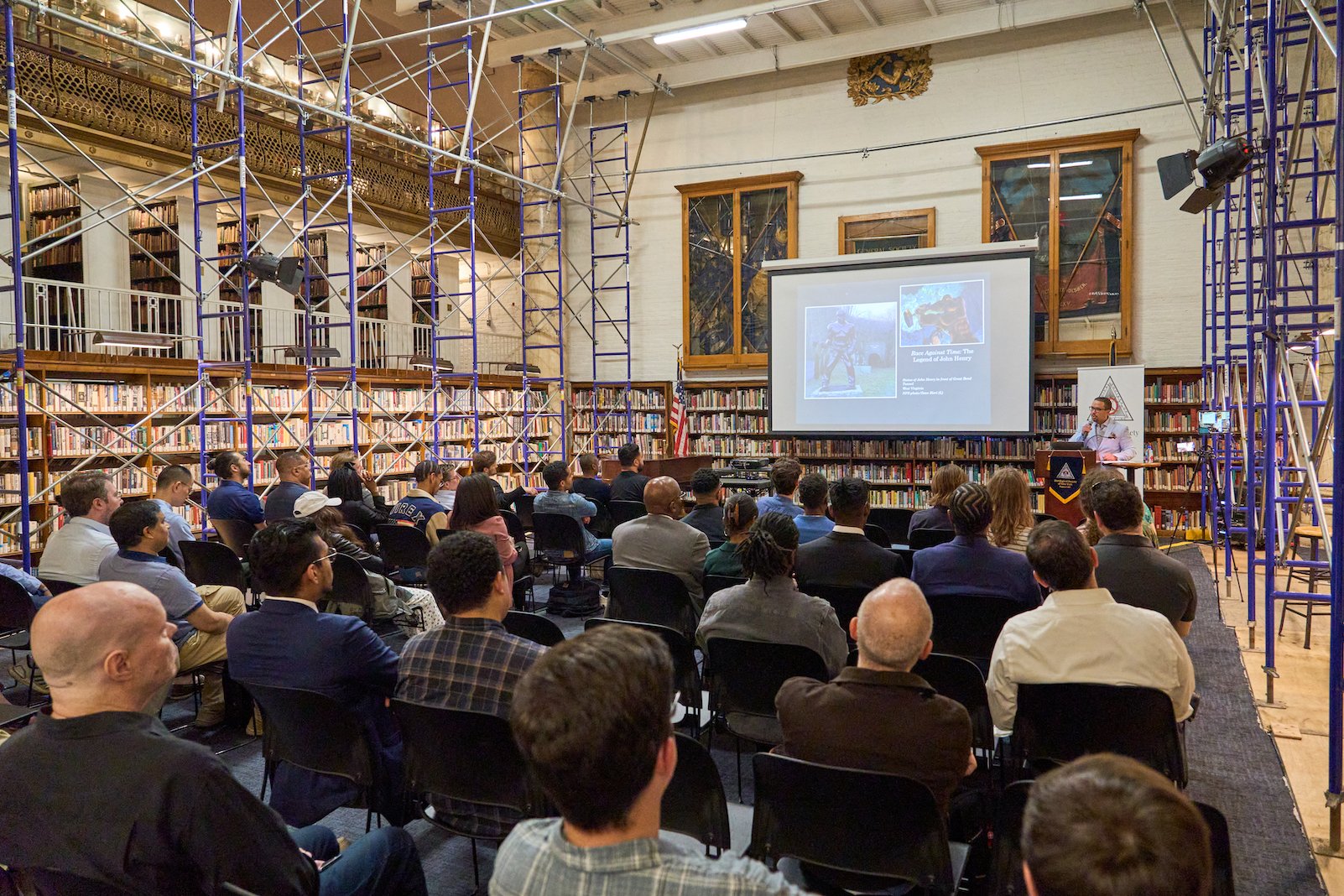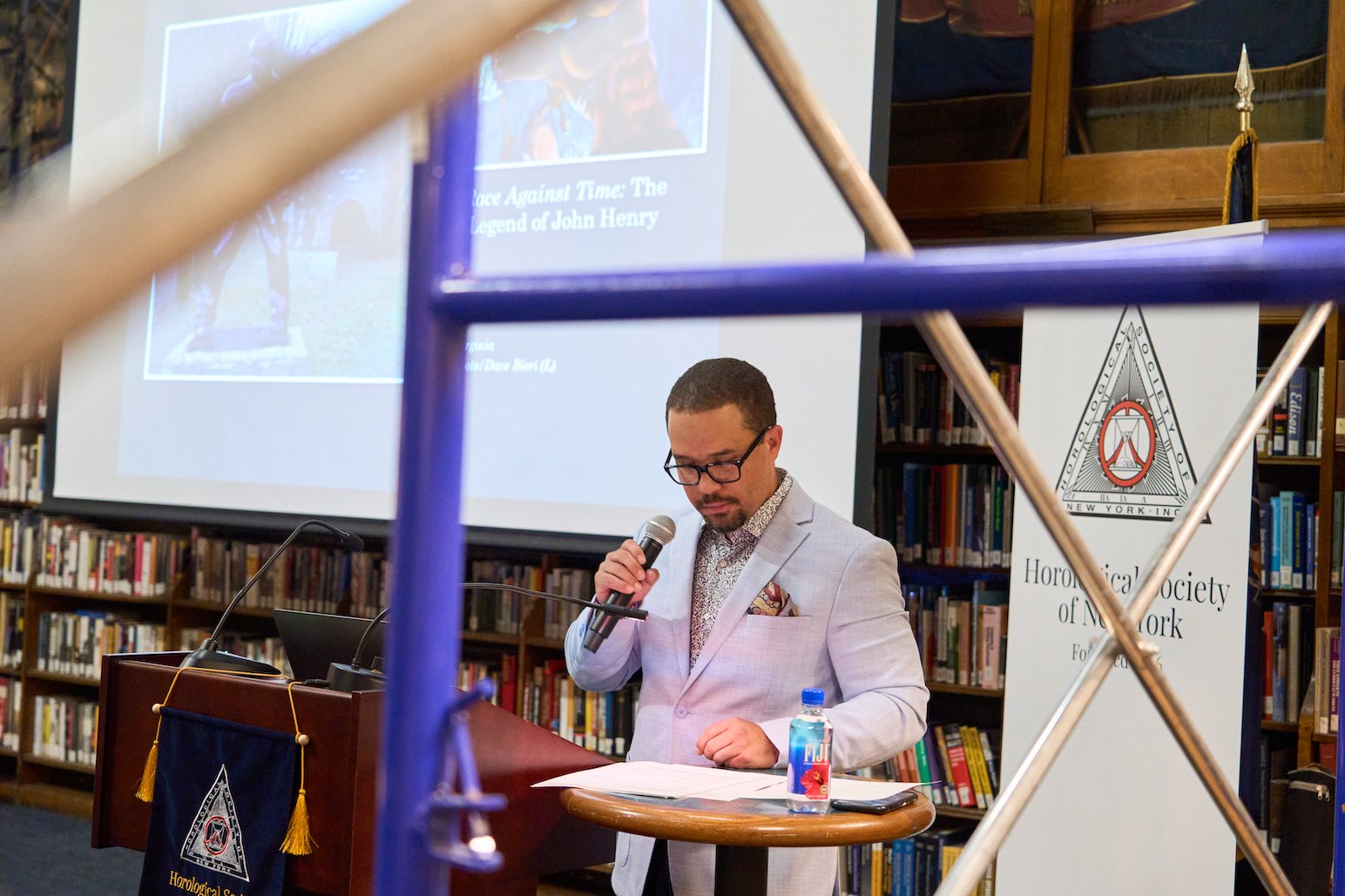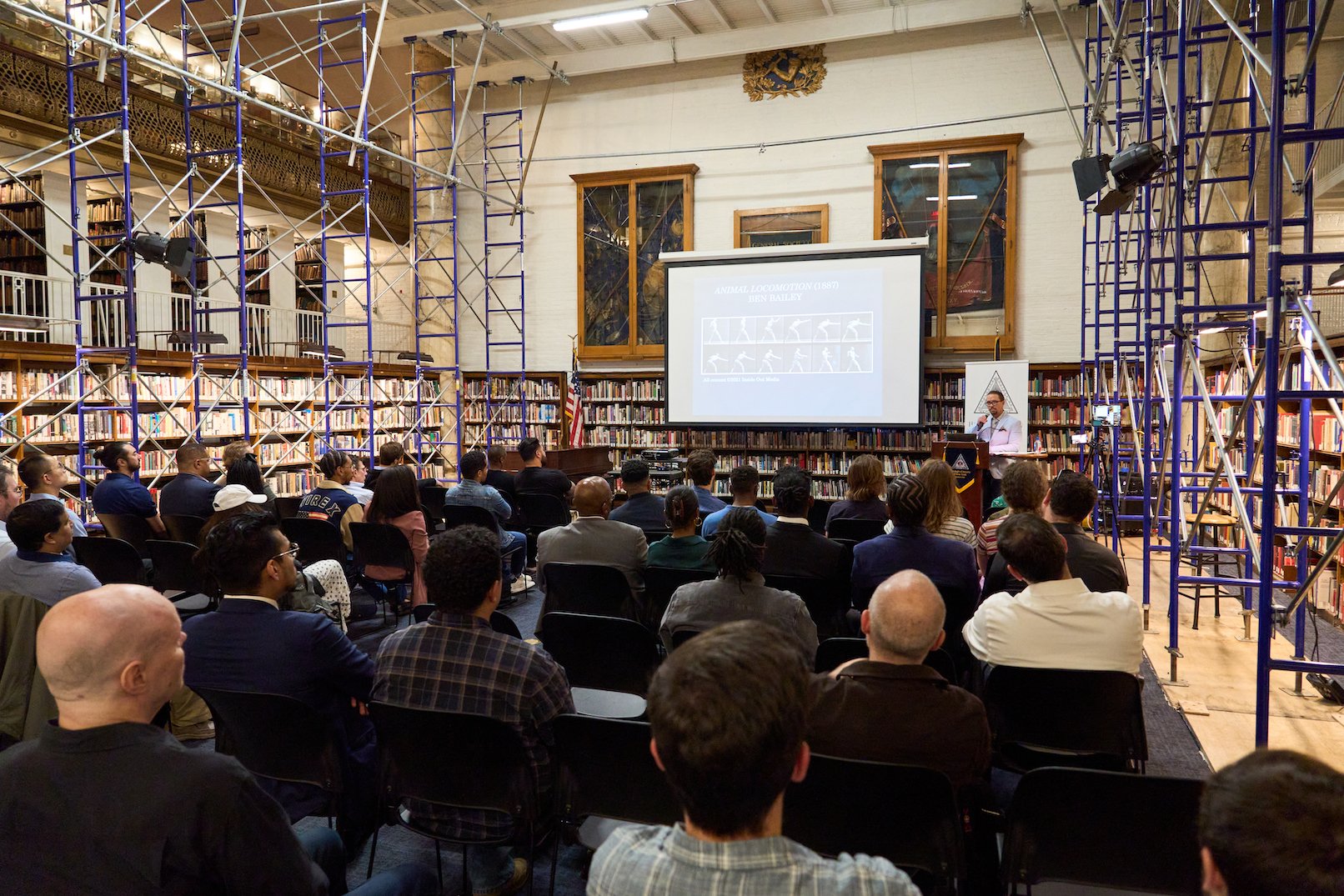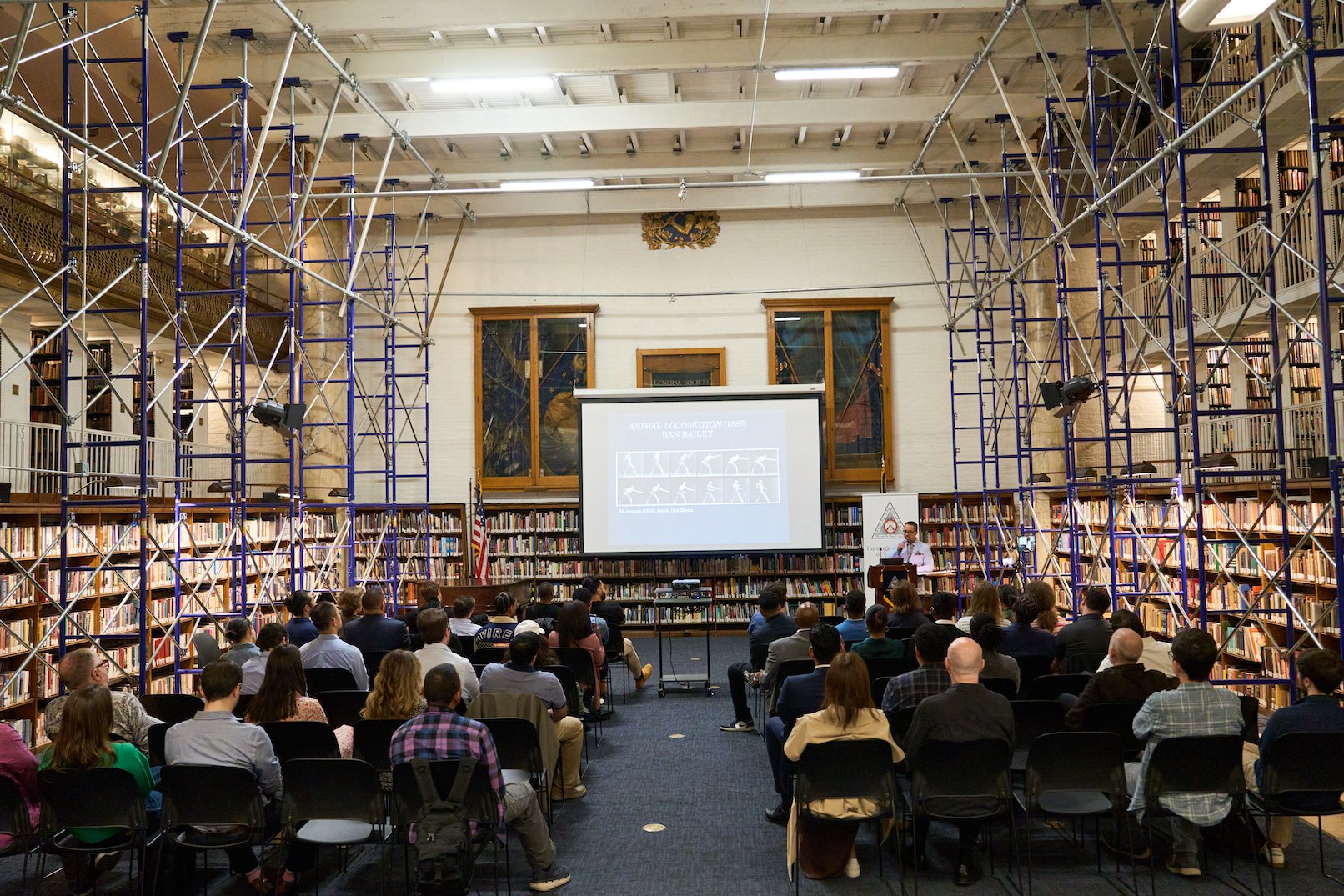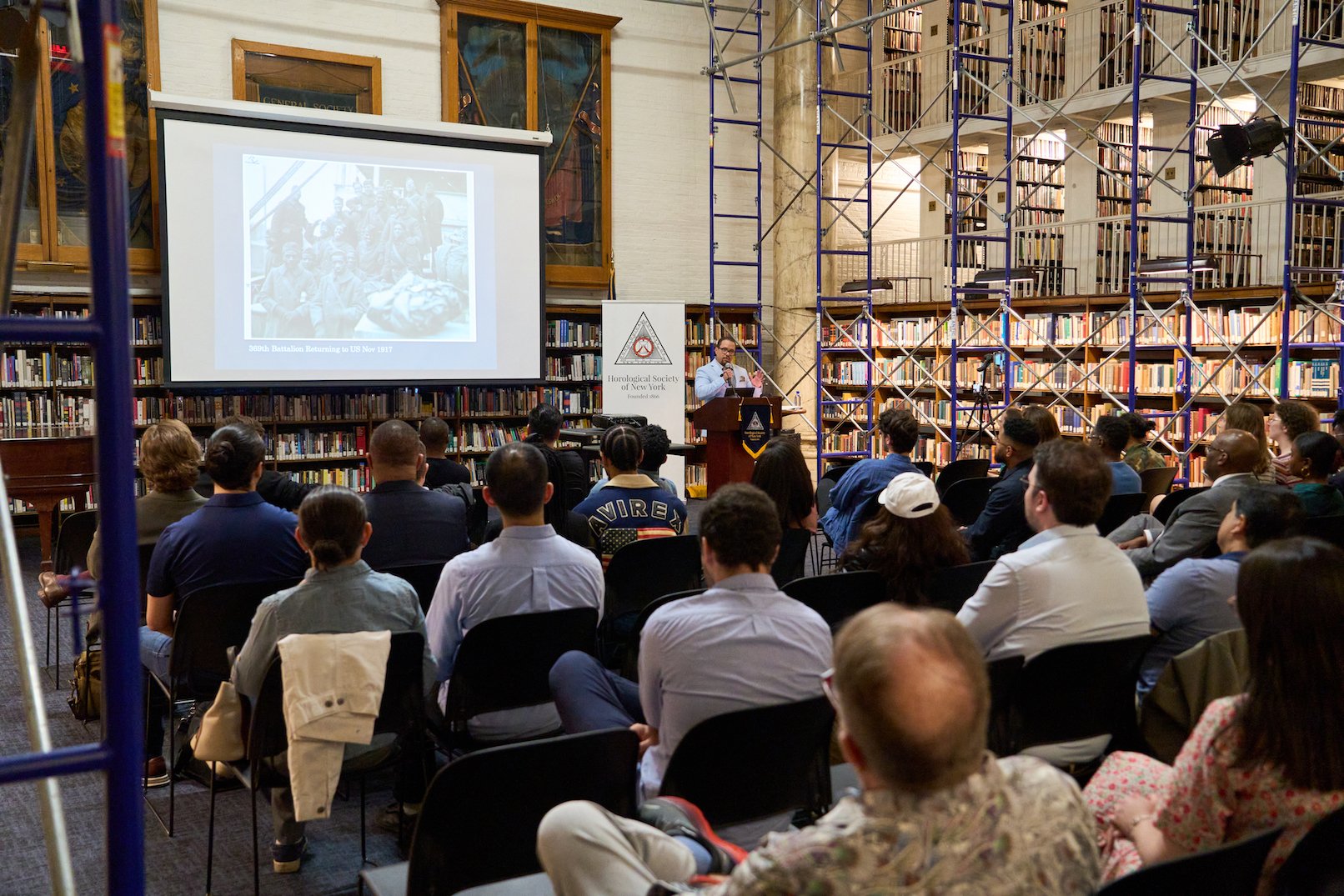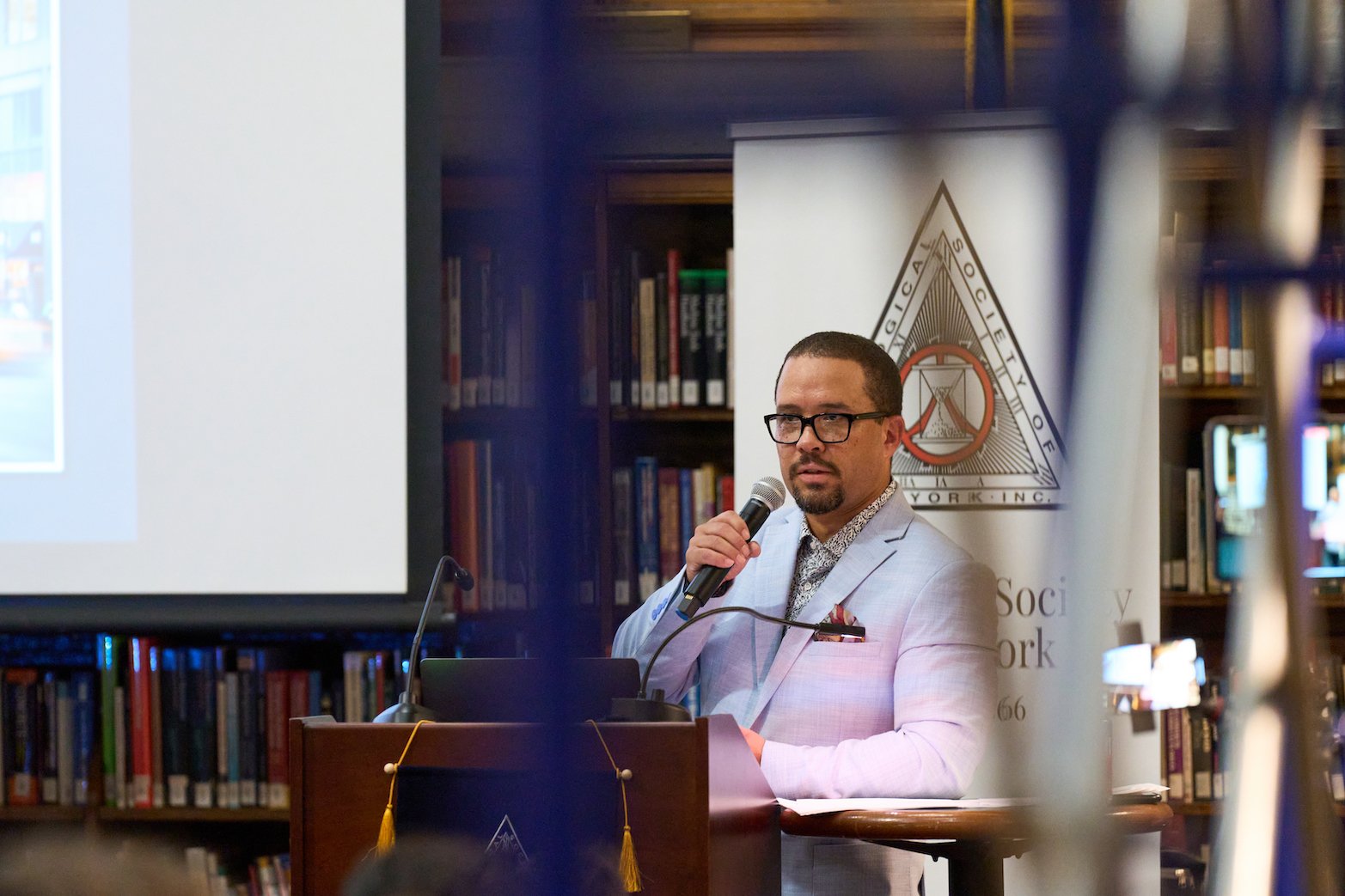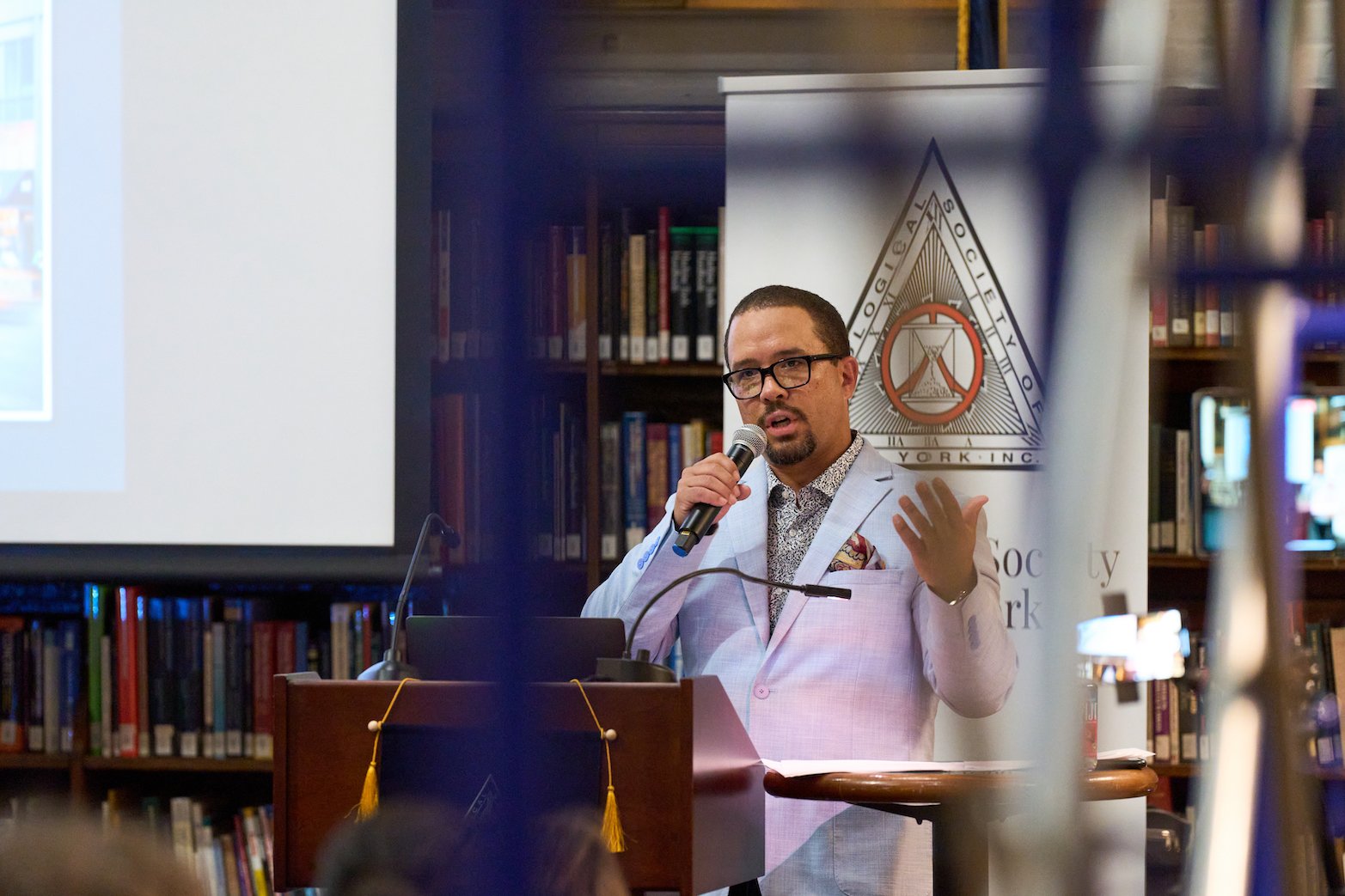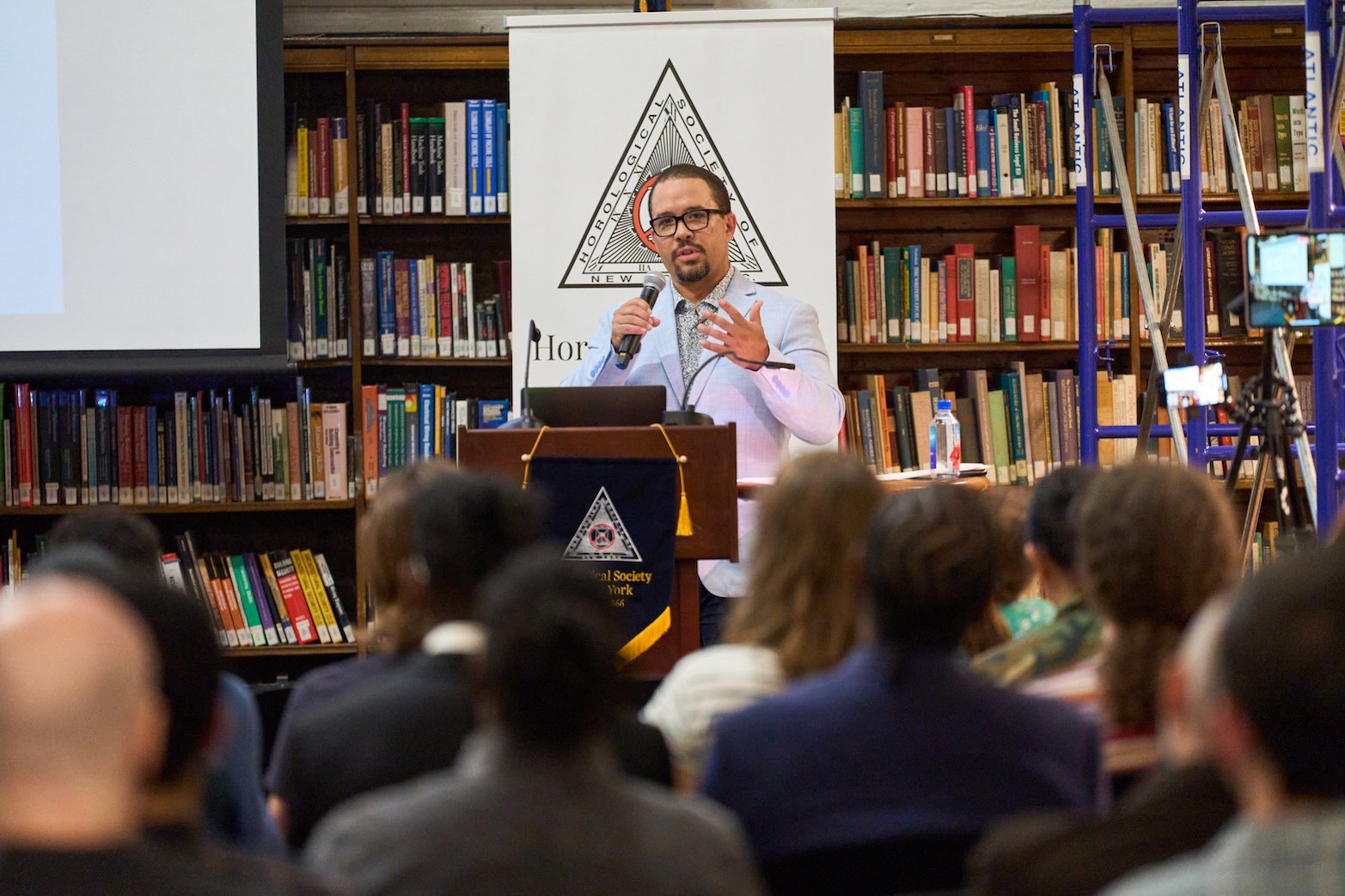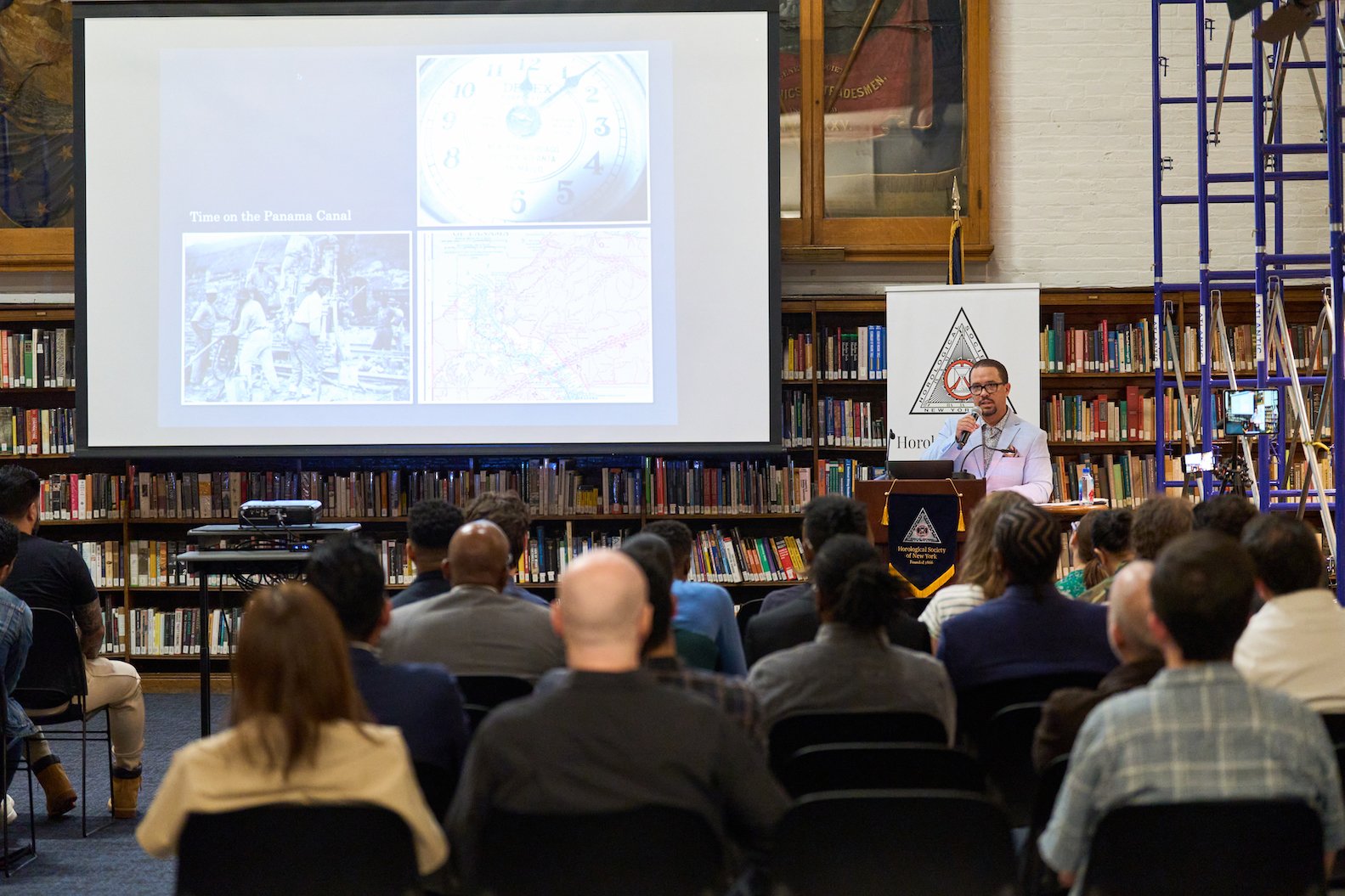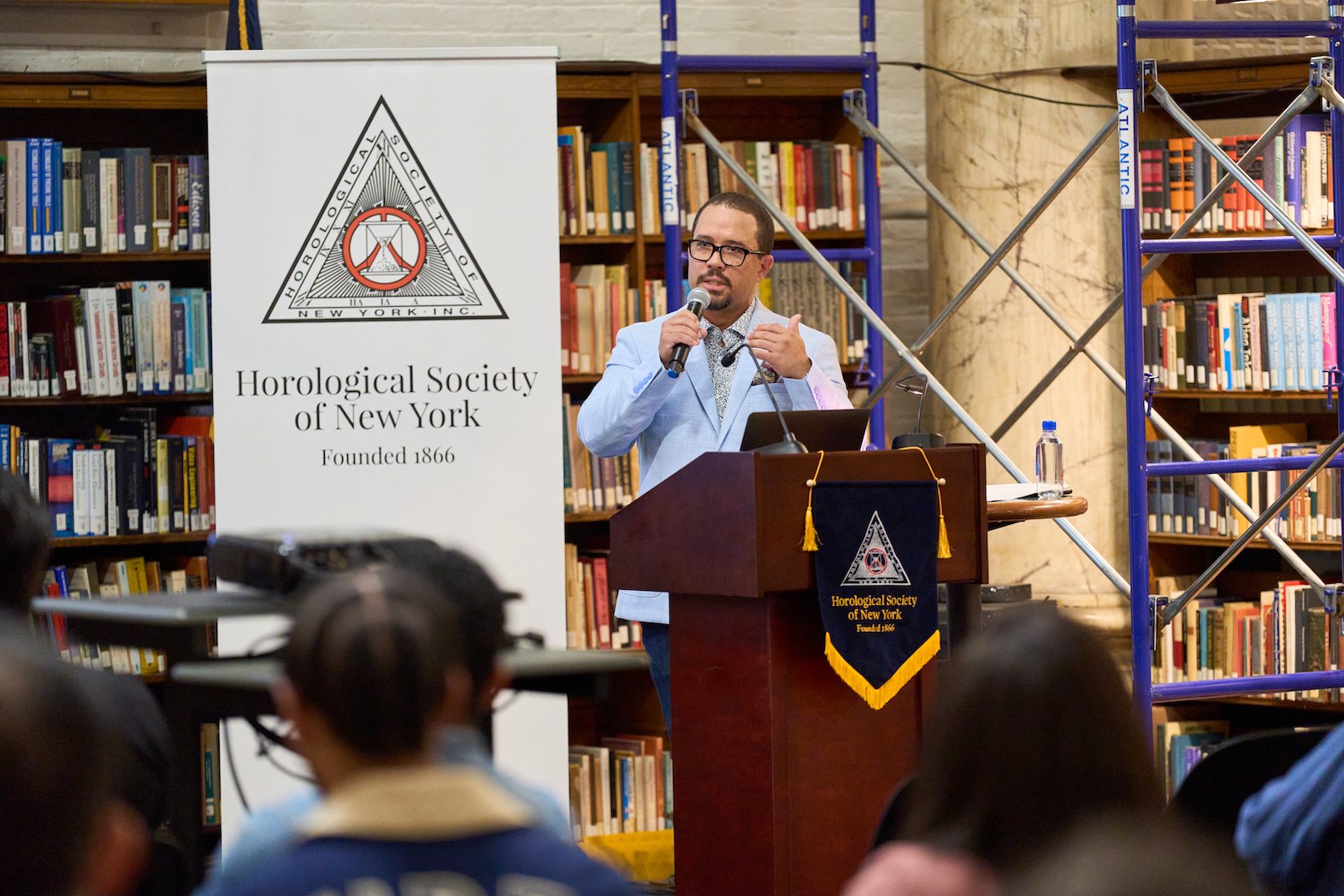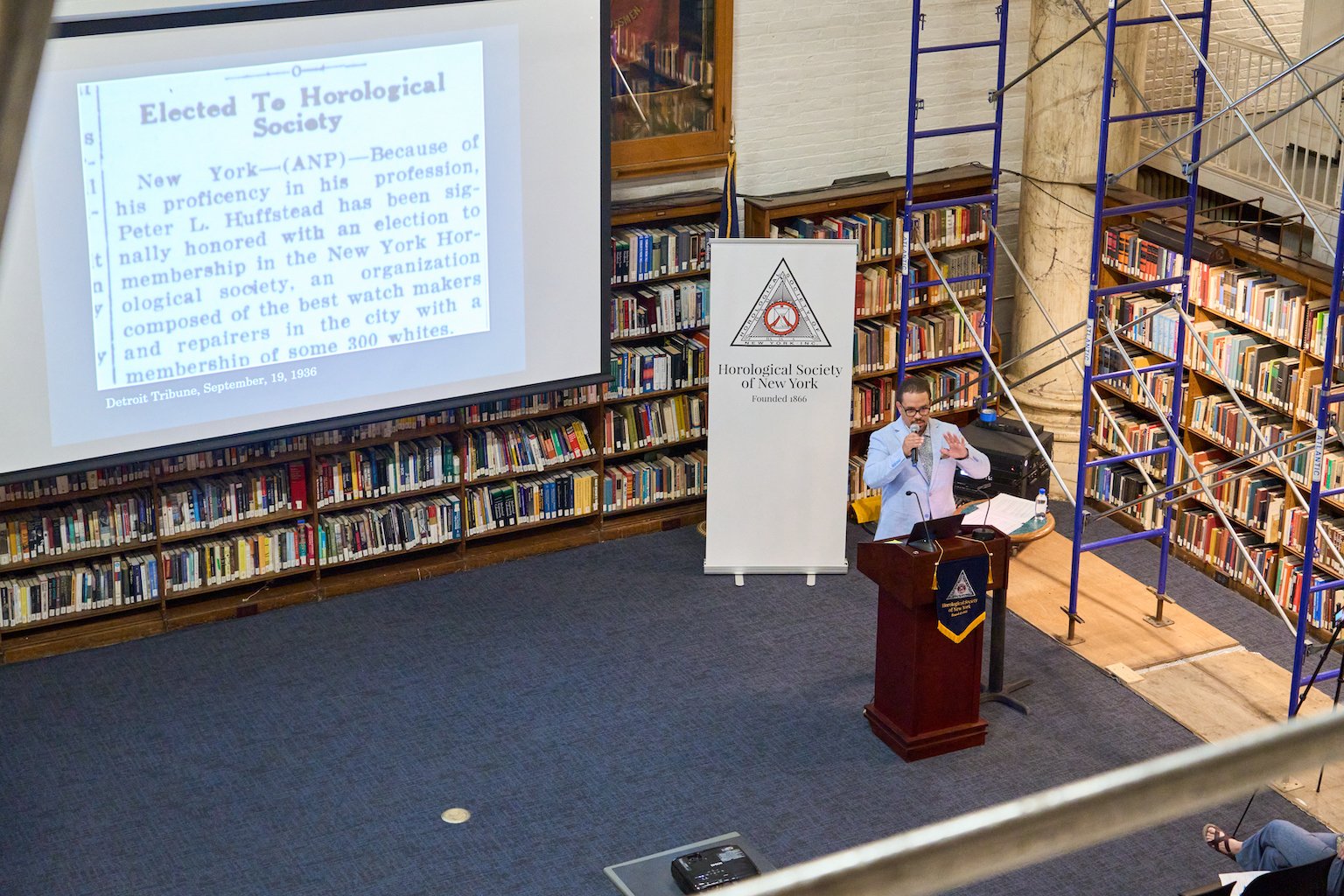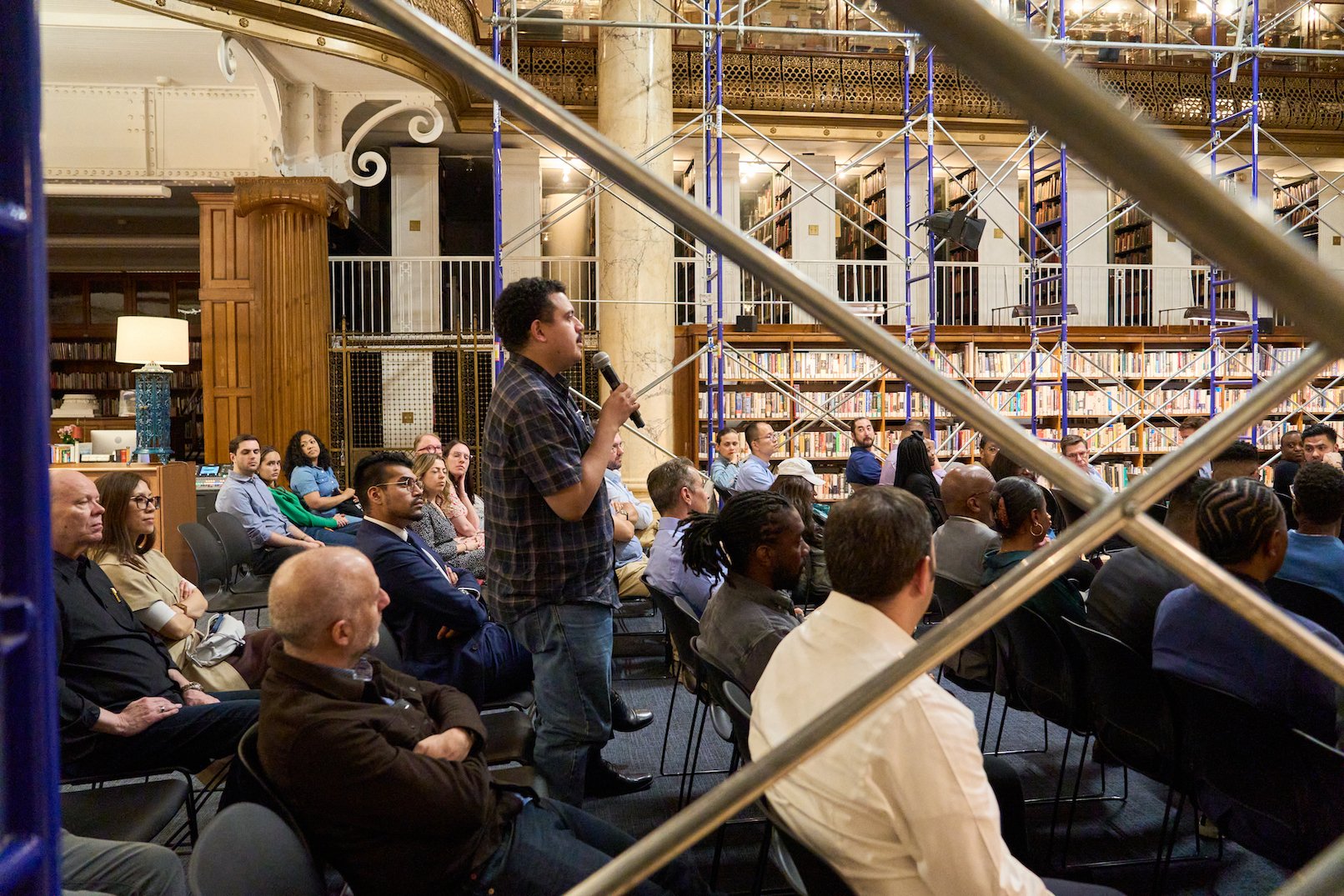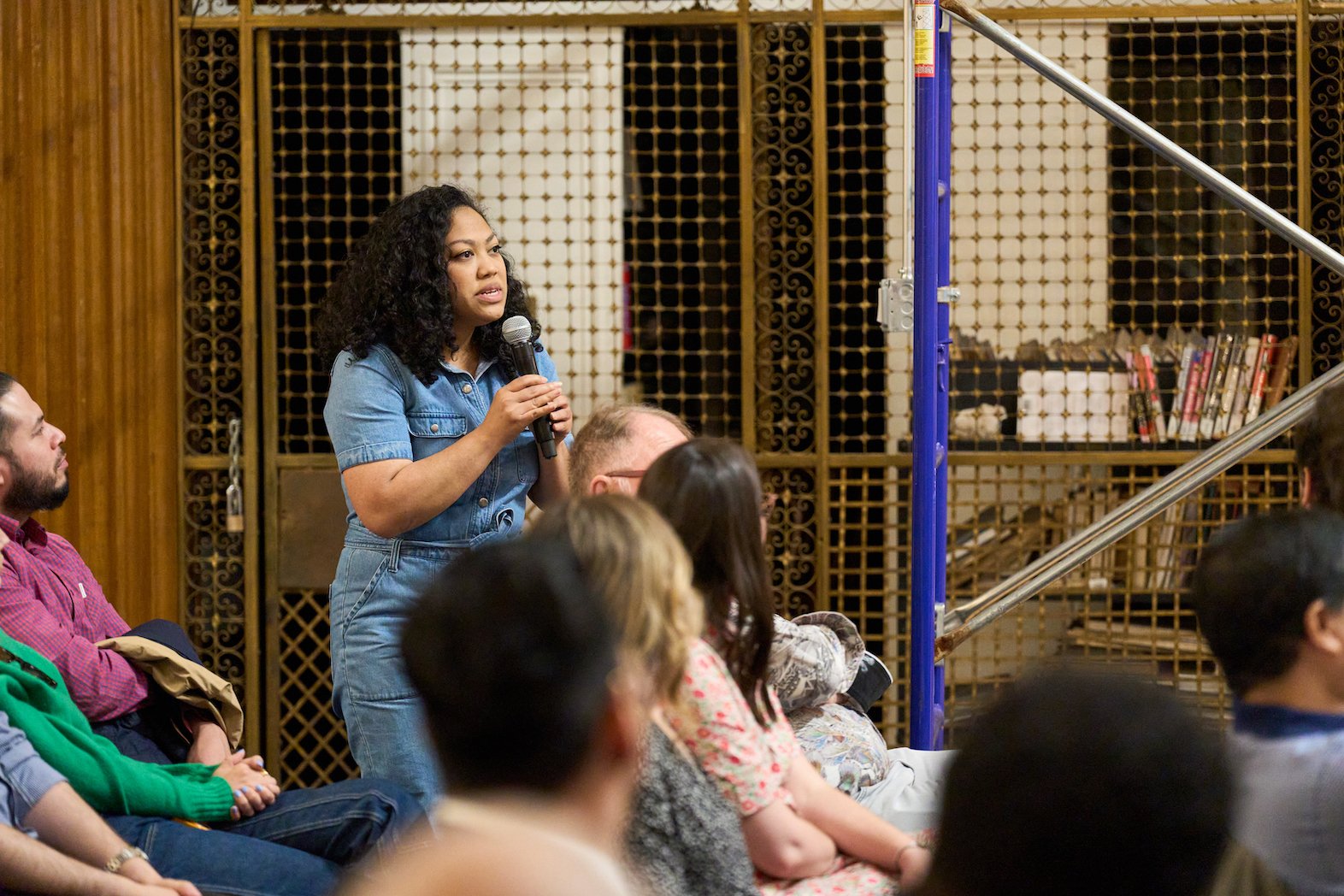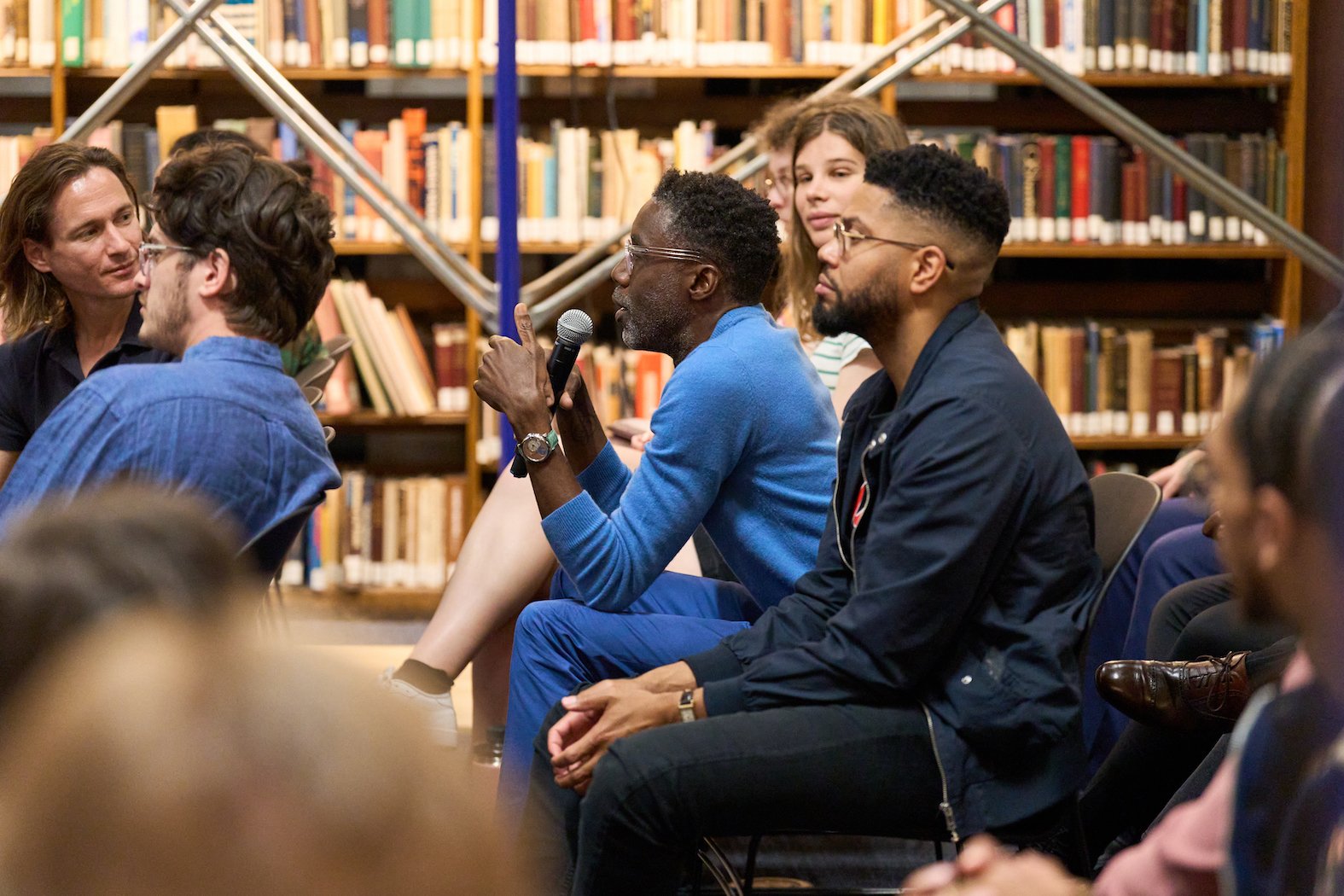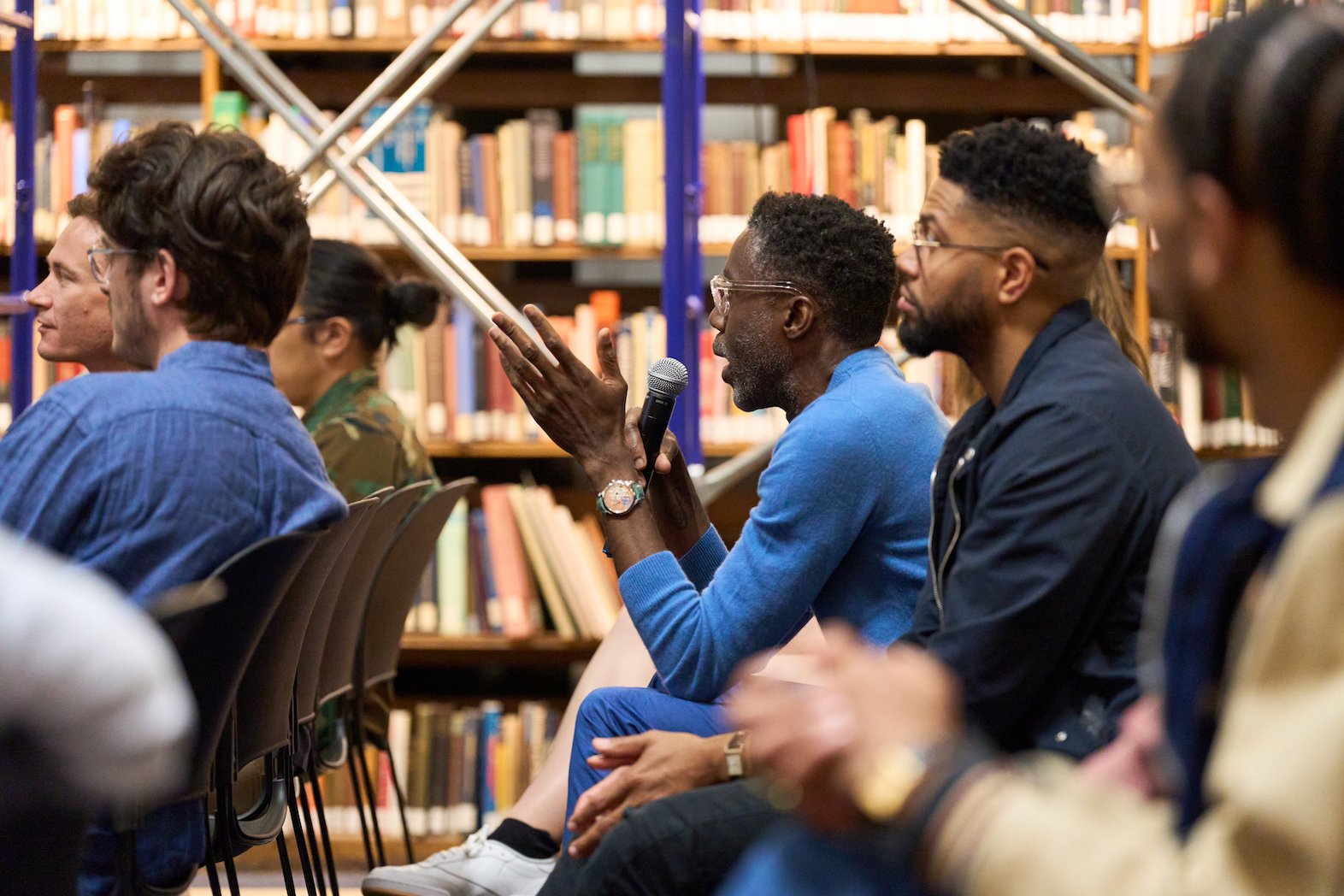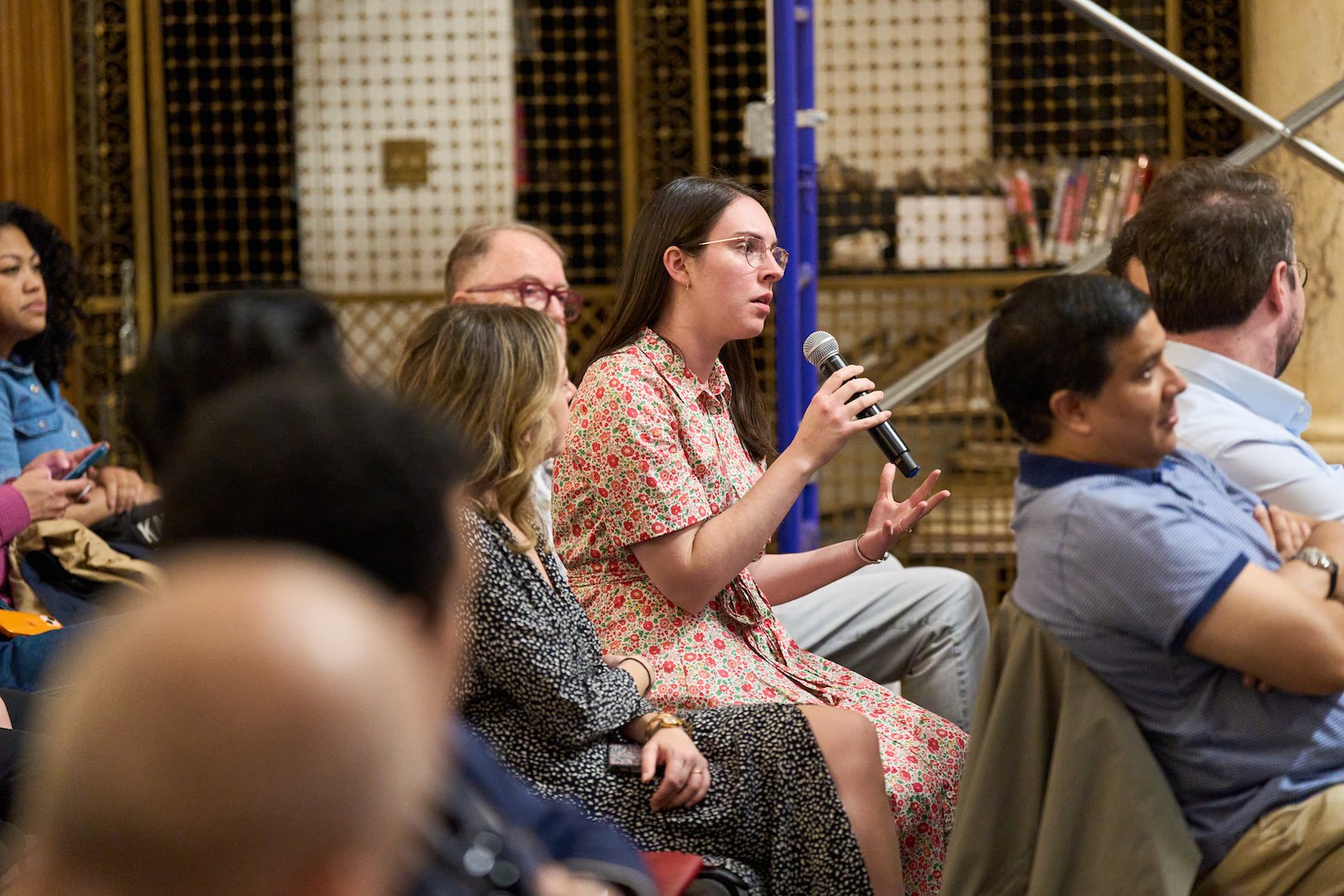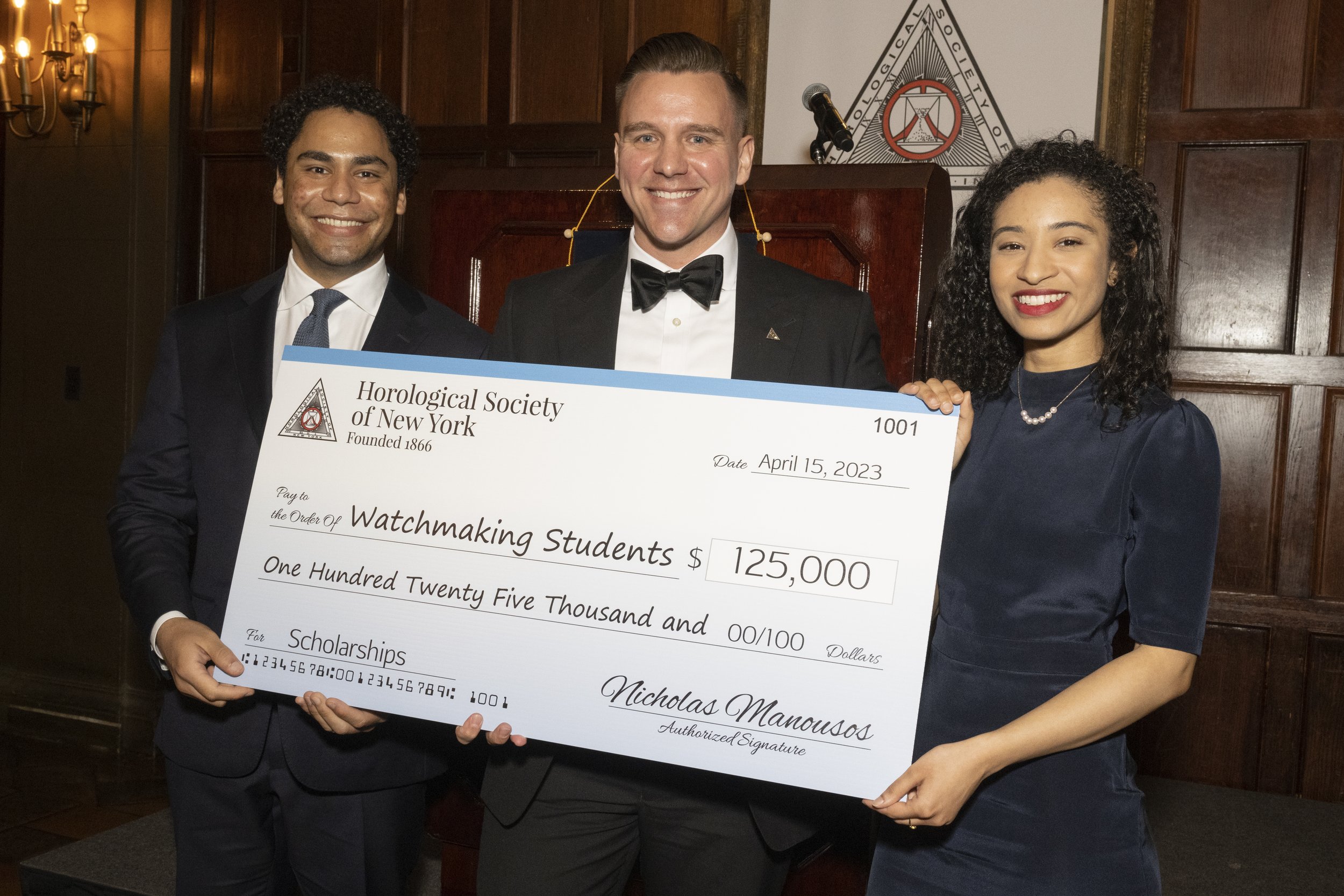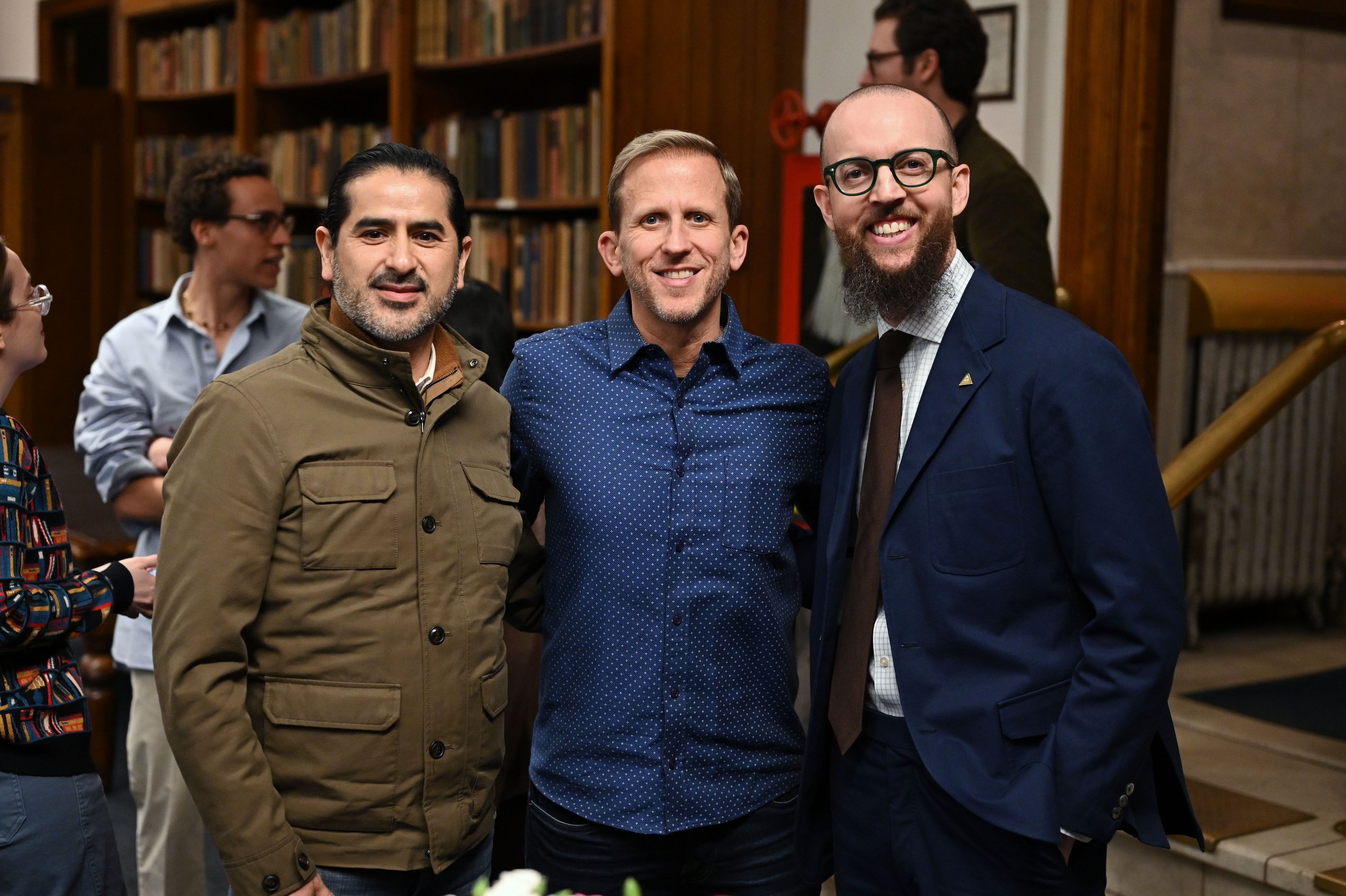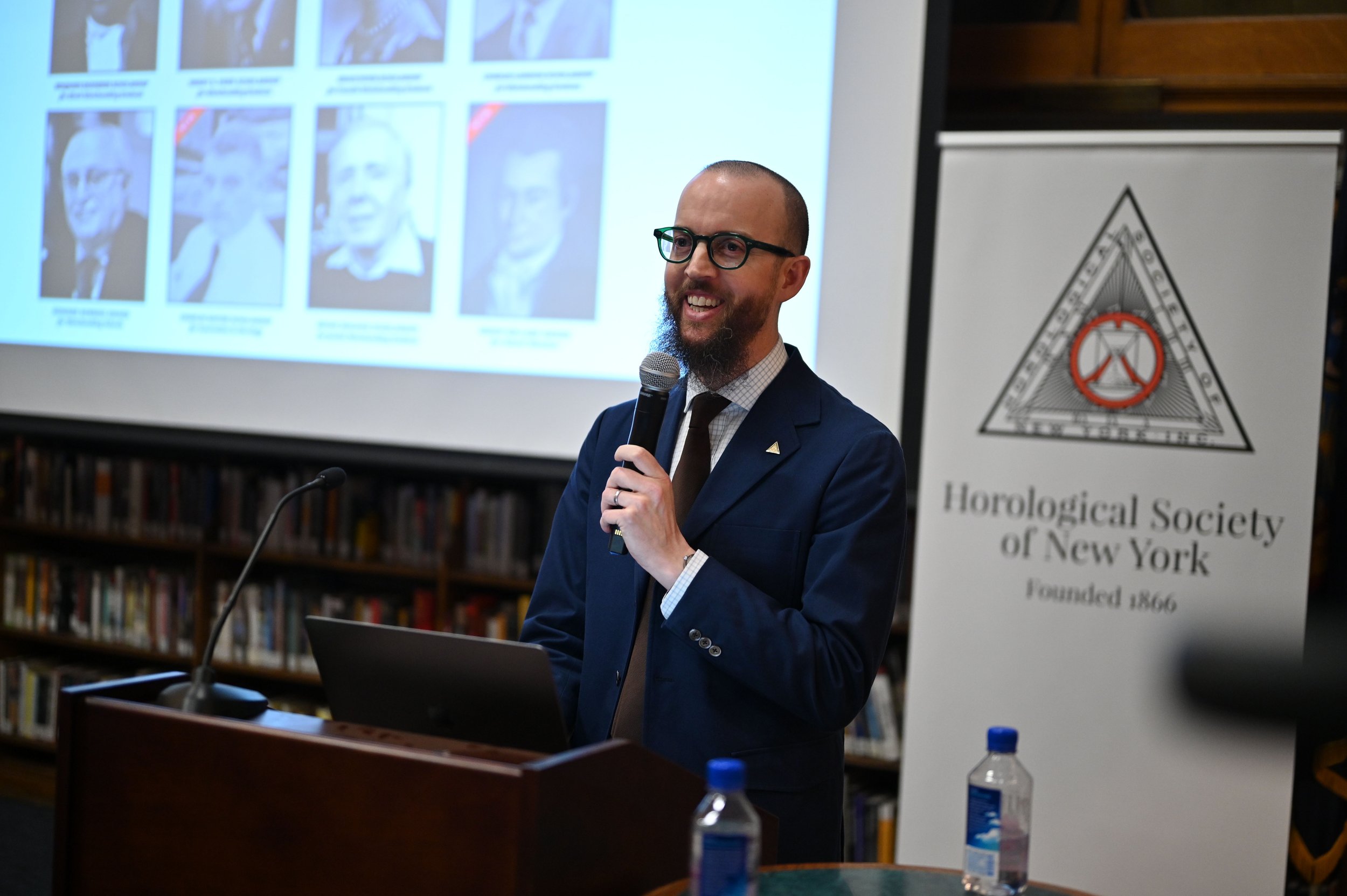Online July 6 -11
The Horological Society of New York (HSNY) announces today “Timepieces for HSNY: 2023 Charity Auction”, presented online by Phillips in Association with Bacs & Russo from July 6-11, 2023.
HSNY’s annual charity auction, whose sale proceeds benefit the Society’s ongoing mission of advancing the art and science of horology, will feature a variety of wristwatches, a wall clock, and a set of signed books from top watchmaking brands. A ‘No Reserve’ policy will apply to all lots, encouraging auction-goers to bid generously.
Lot items from “Timepieces for HSNY: 2023 Charity Auction” include:
LOT 1 — F.P.Journe Signed Books. A collection of six brand new and highly coveted books on independent watchmaking, all signed personally by François-Paul Journe. Generously donated by F.P.Journe.
LOT 2 — H. Moser & Cie. “Streamliner” Wall Clock. A brand new Aluminum Quartz “Streamliner” Wall Clock. Generously donated by H. Moser & Cie.
LOT 3 — Oris: Big Crown Calibre 473. A brand new stainless steel wristwatch with blue lacquer dial, date, five-day power reserve, warranty and presentation box. Generously donated by Oris.
LOT 4 — NOMOS Glashütte: Tangomat GMT Plus Glass Back. A brand new stainless steel world time wristwatch with GMT indicator, date, warranty card, setting pin and presentation box. Generously donated by NOMOS Glashütte.
LOT 5 — Jaeger-LeCoultre: Reverso Classic Medium Thin. A brand new stainless steel reversible wristwatch with warranty and presentation box, and complimentary personalization on the reverse side of the case through Jaeger-LeCoultre’s Reverso Engraving Services. Generously donated by Jaeger-LeCoultre.
LOT 6 — Laurent Ferrier: Bridge One. A brand new stainless steel rectangular-shaped wristwatch with certificate and presentation box. Generously donated by Laurent Ferrier.
“We’re excited to be offering six incredible lots for our 2023 auction,” said Carolina Navarro, HSNY Deputy Director. “Thanks to the generosity of our donors and the talents of Phillips, we hope to raise as much money as possible to meet our mission and provide financial aid to watchmaking students.”
Paul Boutros, Phillips’ Deputy Chairman and Head of Watches, Americas, adds, “We are honored and delighted to once again support HSNY’s efforts that continue to advance watchmaking science and culture in the United States. One hundred percent of the proceeds from the sale of each watch, including Phillips’ buyers’ premium, will benefit HSNY’s educational programs, scholarships, and watchmaking school awards.”
In April 2023, HSNY held its annual Gala & Awards Ceremony — a tradition that dates back to the Society’s start in 1866 — where Phillips’ Watches Head of Sale & International Specialist, Vice President, Isabella Proia auctioned off the Society’s 2023 lifetime membership card for a record-breaking $20,000. Thanks to the success of last year’s auction, HSNY also awarded $125,000 in financial aid to 20 watchmaking students and four U.S. watchmaking schools during the gala.
Phillips in Association with Bacs & Russo will be hosting viewings of “Timepieces for HSNY: 2023 Charity Auction” by appointment only from July 6-11. To schedule an appointment please contact watchesny@phillips.com. Happy bidding!
Download the Phillips app to browse, track, save and bid on “Timepieces for HSNY: 2023 Charity Auction”. Images courtesy of Phillips.
* MEDIA AND PRIVATE PREVIEWS AVAILABLE UPON REQUEST *
About Phillips in Association with Bacs & Russo
Phillips in Association with Bacs & Russo is the watch department at Phillips auction house, dedicated exclusively to the world's finest collectors' watches. Launched in November 2014 by Aurel Bacs and his partner, Livia Russo, the department was established in response to the ever-increasing need for today's collectors to easily access scholarship, guidance and quality across the board. Based in New York, Geneva, London, Hong Kong and Japan, the team of specialists at Phillips Watches is dedicated to an uncompromised approach to quality, transparency and client service. Over the course of 2021 and 2022, the company sold 100% of the watches offered, a first in the industry, resulting in the highest annual total in history across all the auction houses at $227 million.In 2019, the auction house opened Phillips PERPETUAL, a private sale program with physical and digital storefronts that offers a highly curated selection of watches sold at fixed prices.
Official website: www.phillips.com/watches
About the Horological Society of New York
Founded in 1866, the Horological Society of New York (HSNY) is one of the oldest continuously operating horological associations in the world. Today, HSNY is a 501(c)(3) nonprofit organization dedicated to advancing the art and science of horology through education. Members are a diverse mix of watchmakers, clockmakers, executives, journalists, auctioneers, historians, salespeople and collectors, reflecting the rich nature of horology in New York City and around the world.
Official website: https://hs-ny.org

